While a bathroom remodel is underway, many homeowners consider modifying or installing a new storage option - a medicine cabinet. It may appear to be a minor piece of furniture; however, it is very important for storage, design, and convenience daily. One of the most confusing decisions people face is knowing how to measure a medicine cabinet.
This article will cover the proper way to measure a medicine cabinet, share industry insights, common mistakes, and new trends,, so you are ready to make the right decision for your remodel.
Why Measuring a Medicine Cabinet Matters
Even if a medicine cabinet seems insignificant when looking at bathrooms in a remodel, when looking at toilets, a tub, or the vanity, it is much more important than you think. According to the National Kitchen & Bath Association, over 60% of bathroom remodels replace some sort of cabinet or cabinet storage, such as a medicine cabinet, which is the most common item that is remodeled.
If you skip proper measurements, you might face:
1. Size mismatch – The cabinet doesn't fit in the intended space, causing costly returns or rework.
2. Limited functionality – The door won't fully open due to obstructions from walls, lights, or nearby fixtures.
3. Aesthetic imbalance – A cabinet that's too large or too small throws off the proportions of your bathroom design.
Industry experts note that measuring is not just a technical step; it directly influences the comfort and functionality of everyday life. That's why accuracy is key.
Step 1: Identify the Type of Medicine Cabinet
Before taking any measurements, you need to decide what type of cabinet you'll be installing. There are two main categories:
· Recessed Cabinets: Built into the wall cavity. They create a flush, streamlined look, but require cutting into the wall.
· Surface-Mounted Cabinets: Mounted directly onto the wall surface. They're easier to install but extend further outward.
Each type comes with different measurement priorities:
· For recessed cabinets, the wall depth and in-wall obstructions are the most critical factors to consider.
· For surface-mounted cabinets, focus on the available wall space and clearance for the door swing.

Step 2: Gather Your Tools
Precise measurements start with the right tools. You'll need:
· Measuring tape
· Level
· Pencil and notepad
· Flashlight (to check wall interiors)
These simple items will ensure accuracy and help avoid costly mistakes.
Step 3: Measure the Wall Opening (For Recessed Cabinets)
If you're planning to install a recessed cabinet, begin by measuring the wall cavity. The three critical dimensions are:
1. Width: From the inside left edge to the inside right edge of the opening.
2. Height: From the top edge to the bottom edge of the cavity.
3. Depth: From the surface of the wall to the back of the cavity.
Pro Tip:
· Measure in three places (top, middle, and bottom for width; left, center, and right for height) to account for uneven walls.
· Depth is crucial—most recessed cabinets require at least 3.5 inches.
Step 4: Measure the Outside Wall Space (For Surface-Mounted Cabinets)
For surface-mounted cabinets, focus on external space:
1. Available wall width: Always leave at least 1–2 inches of clearance on each side to prevent the cabinet from being crammed against another surface.
2. Height placement: The center of the cabinet should typically be mounted at 60–65 inches from the floor, depending on the user's height.
3. Door clearance: Make sure the cabinet doors can swing open without hitting light fixtures, shower doors, or shelving.
This ensures the unit is functional, safe, and visually balanced.
Step 5: Factor in Mirror and Functionality
Most medicine cabinets come with mirrors, making them both decorative and practical. When measuring, think about:
· Does the mirror align proportionally with the vanity or sink?
· Is the cabinet single-door or double-door?
· Does the interior shelving provide enough storage space for your needs?
Premium models often come with integrated lighting, anti-fog features, or adjustable shelving. These extras may require additional wall clearance or electrical work, so account for them early in your planning.
Industry Trend: The Rise of Smart Medicine Cabinets
The smart home trend has entered the bathroom, and medicine cabinets are no exception. High-end versions now include:
· LED lighting with dimming controls
· Bluetooth speakers
· Built-in charging ports
· Voice-assistant compatibility
These new products are thicker and more intricate than traditional designs, which means you will want to measure very accurately. According to the research we found, the smart medicine cabinet category is projected to see a compound annual growth rate above 8% for the next five years. For remodelers, this demonstrates the importance of measuring for the future—be sure to account for extra space in case you upgrade later.
Common Mistakes and How to Avoid Them
During interviews with remodeling contractors, several frequent mistakes emerged:
1. Measuring only once → Always measure three times and use the most petite figure.
2. Ignoring in-wall obstructions → Pipes, studs, or wiring can block installation. Always scan the wall first.
3. Forgetting door swing clearance → A cabinet that collides with a sconce or outlet is a common—and avoidable—frustration.
4. Skipping the spec sheet → Every manufacturer provides detailed installation dimensions. Compare your measurements with the official specs before purchasing.
Expert Insights
Design experts stress that medicine cabinets are not simply an ornamental piece of storage. They are a fundamentally well-thought-out design decision.
"A good plumber doesn't just show up and measure a hole in the wall", an expert will tell you; "They figure out how tall somebody is, whether the user is left-handed or right-handed, and how the cabinet will be cleaned over the long term."
They recommend taking realistic and detailed measurements to the store with you, so the sales staff can reference your specs and steer you towards models that functionally fit your needs.
Final Thoughts
When it comes to remodeling a bathroom, there are a variety of details you'llto consider. For example, measuring for a medicine cabinet may seem like a small task. However, in reality, it's one of these smaller decisions that can really make or break your daily life. Get a simple process in place (choose the type of cabinet, procure the tools, measure both the wall cavities and outside the wall, and, of course, think about how it will be used), and the majority of the risk will disappear once you measure. Whether it's a conventional mirrored cabinet or the latest high-tech brilliant cabinet, it doesn't matter. Your ability to measure accurately is key to the installation process being trouble-free.

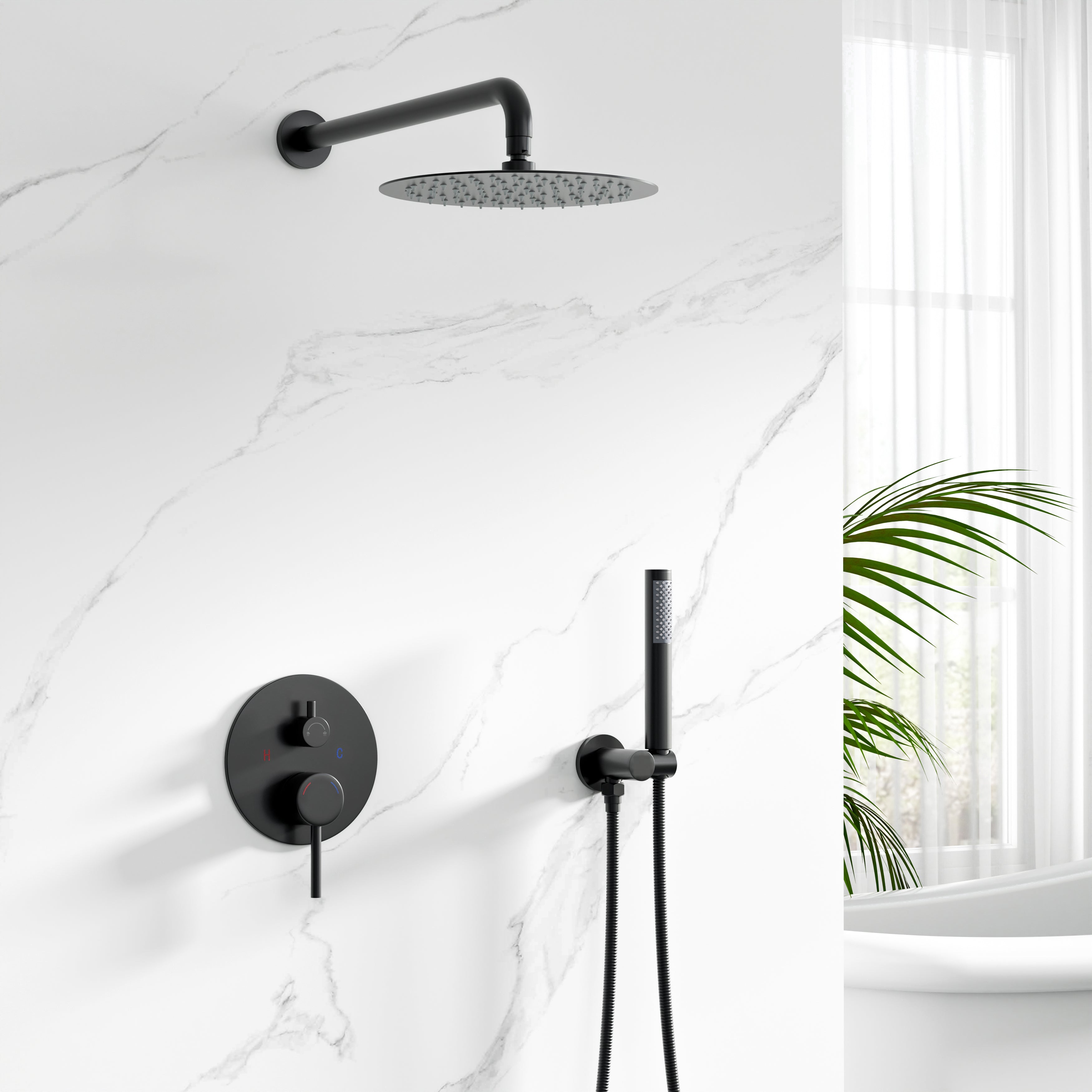
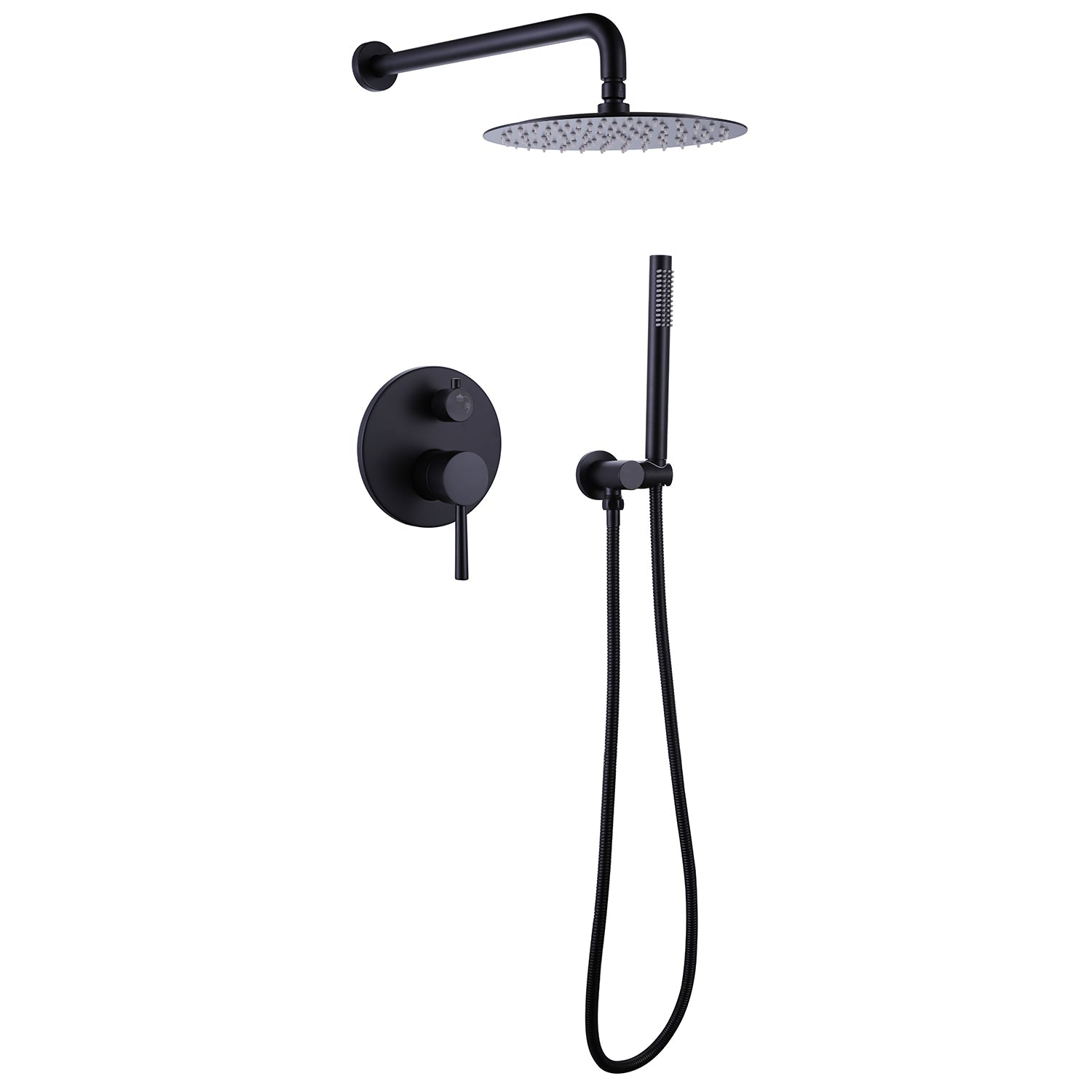


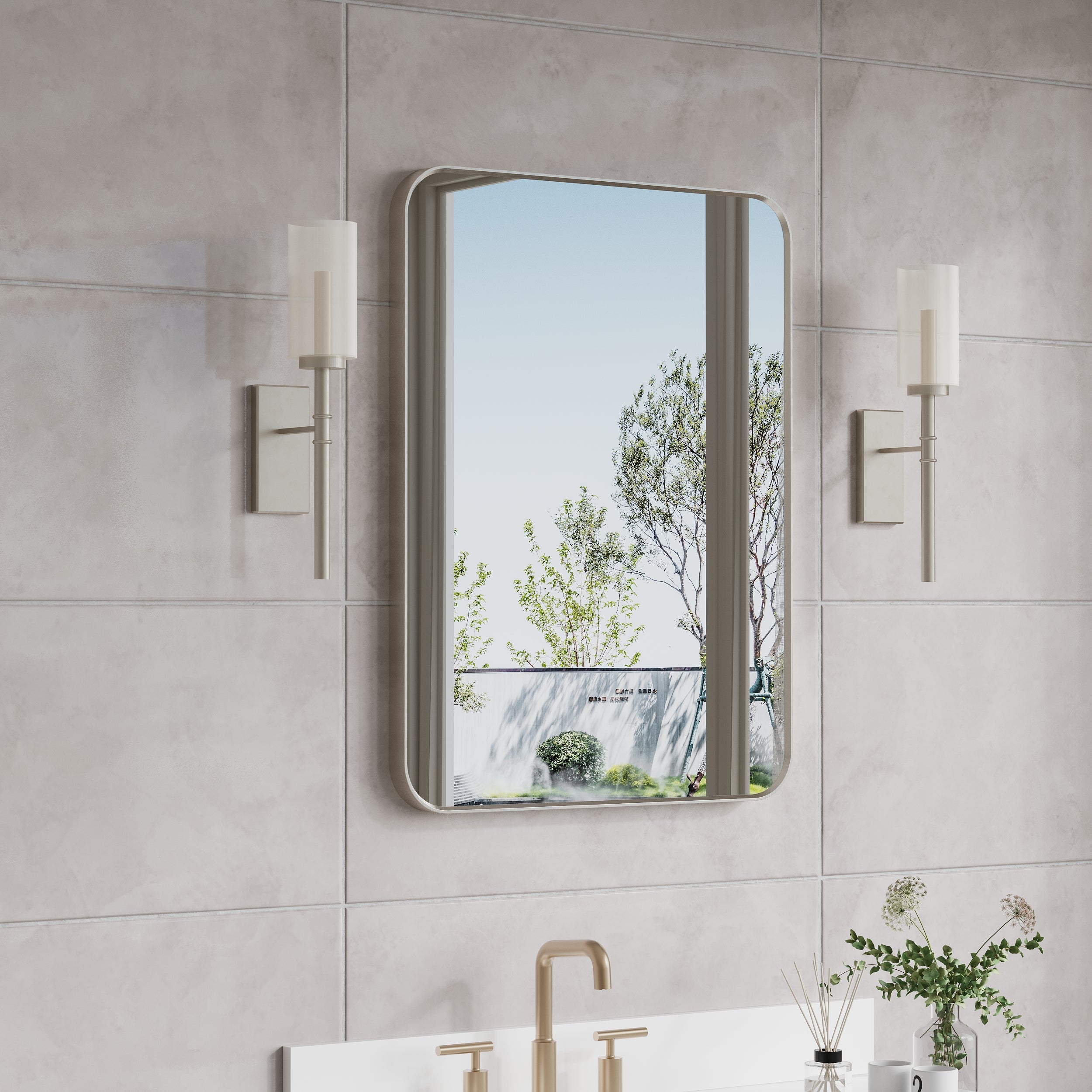
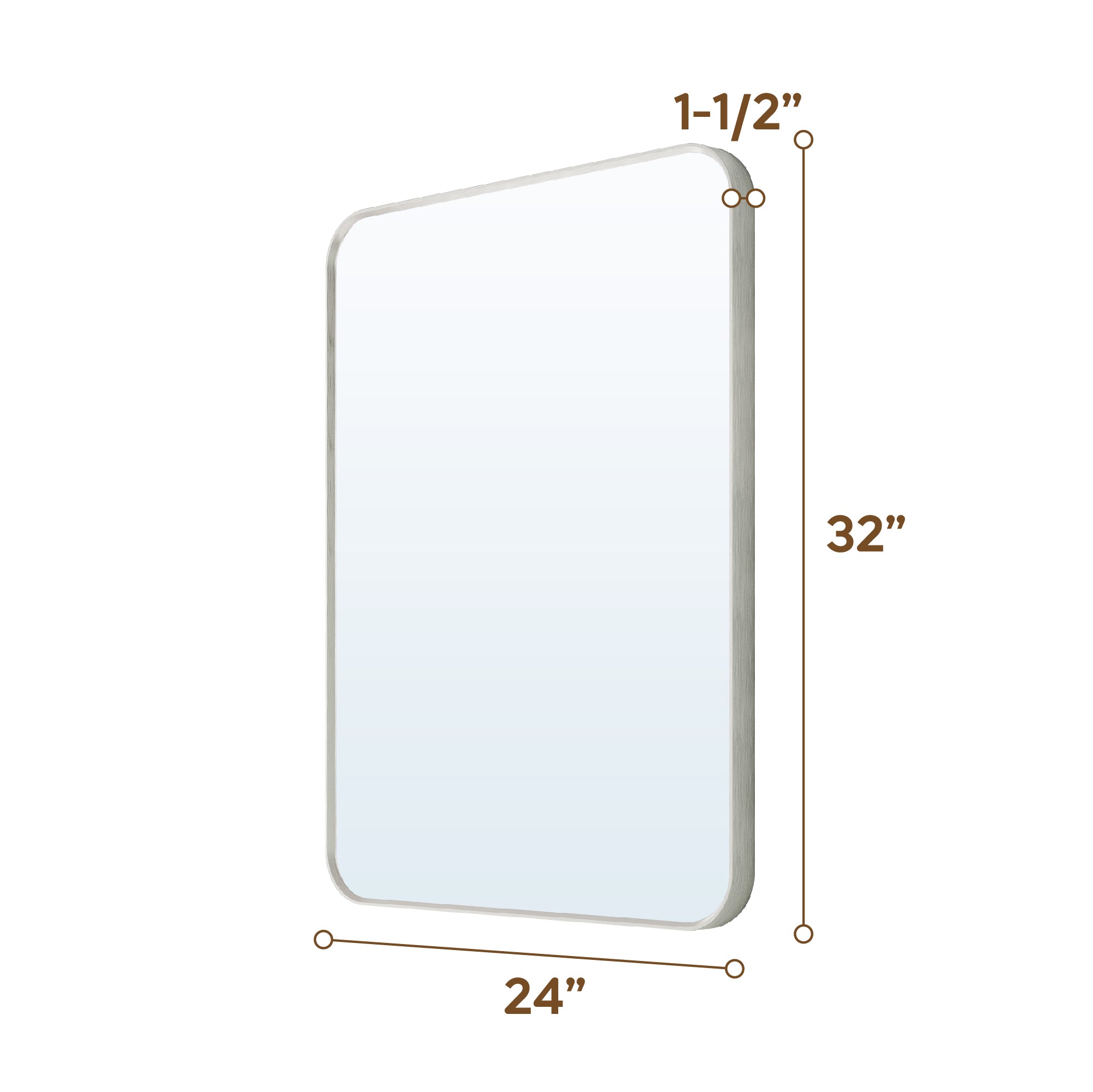
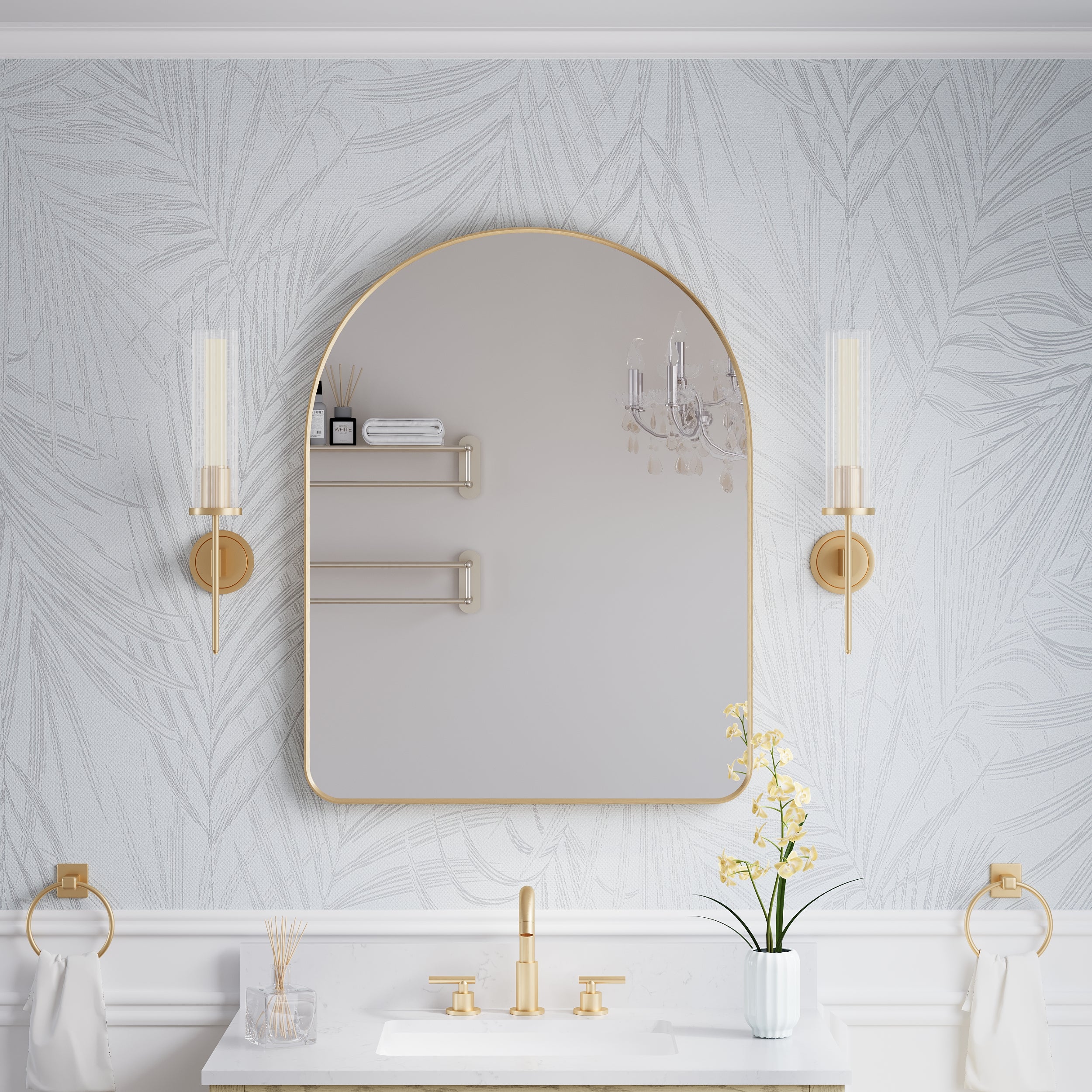
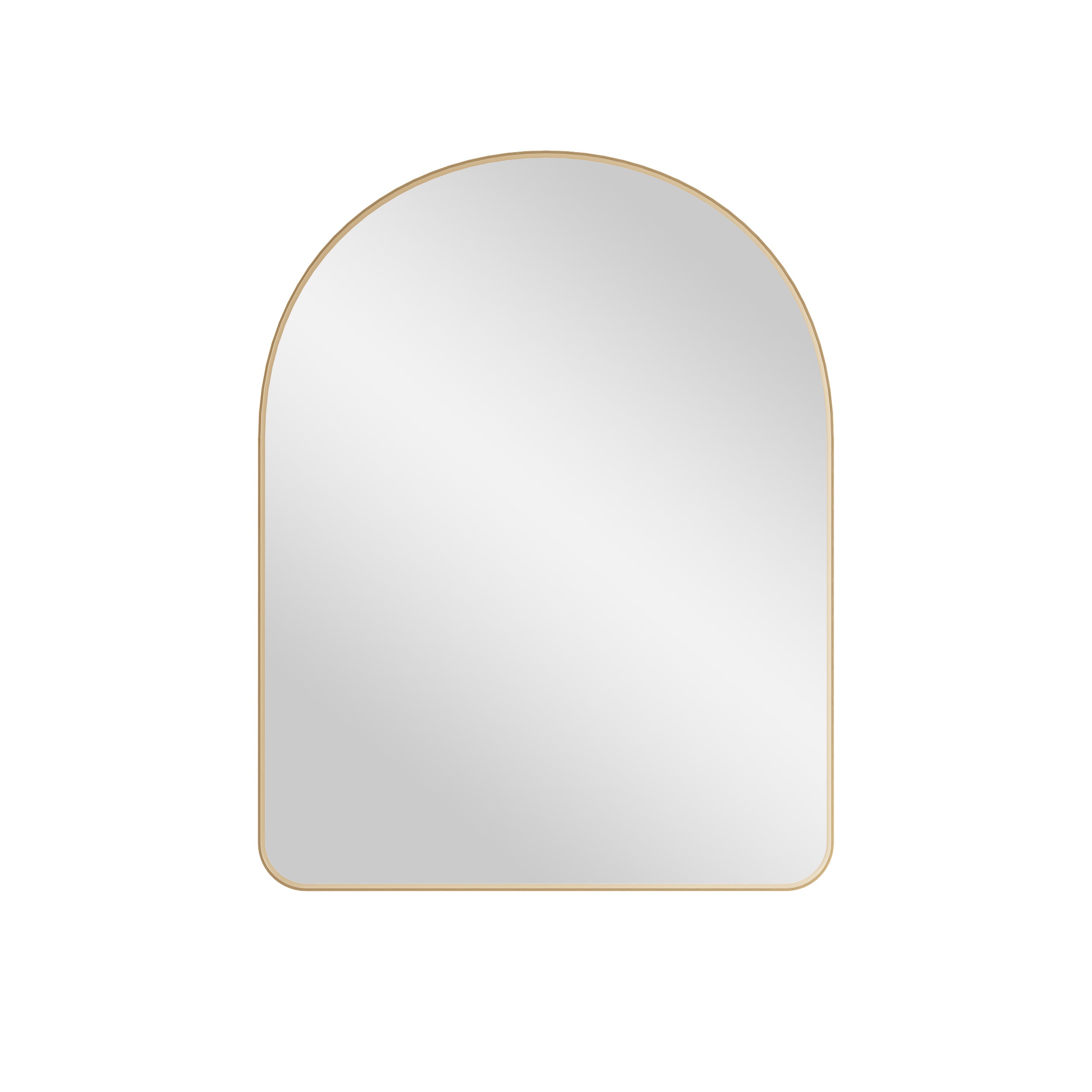
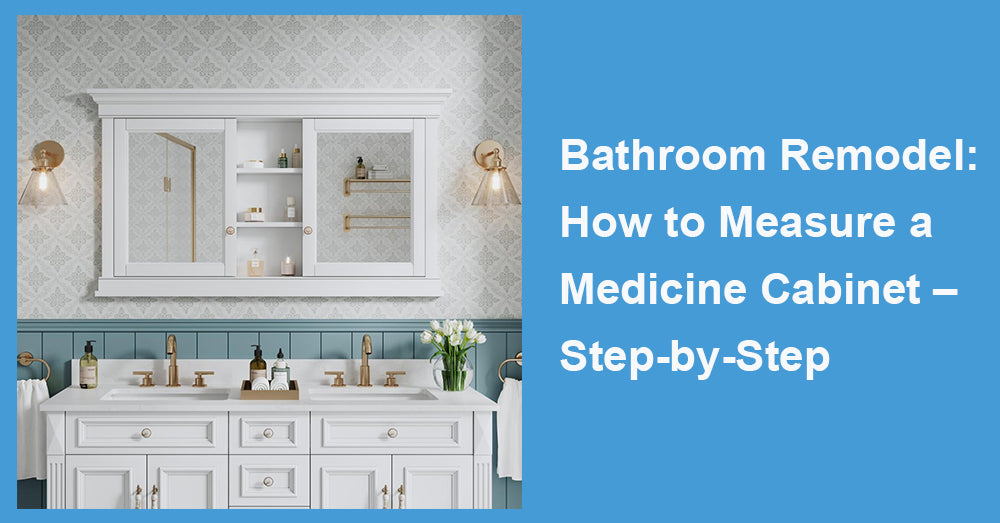
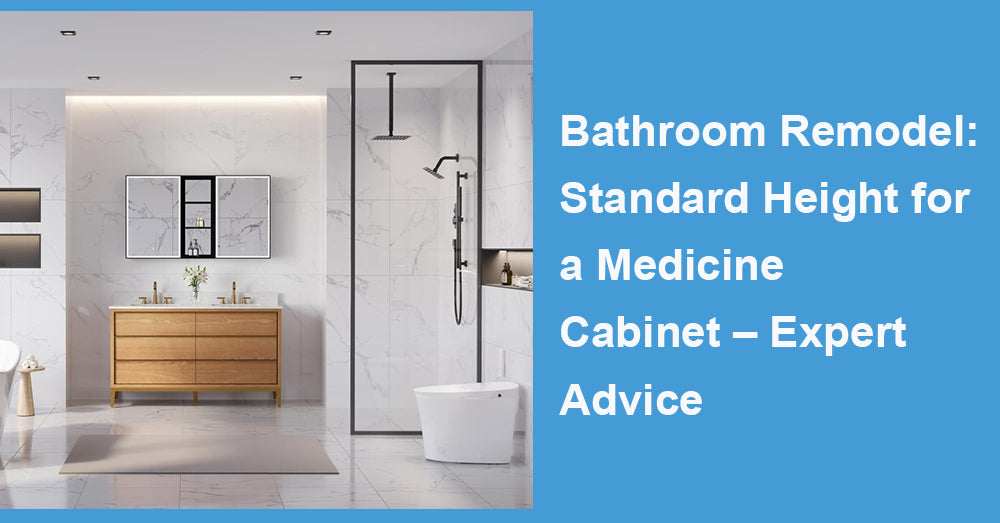
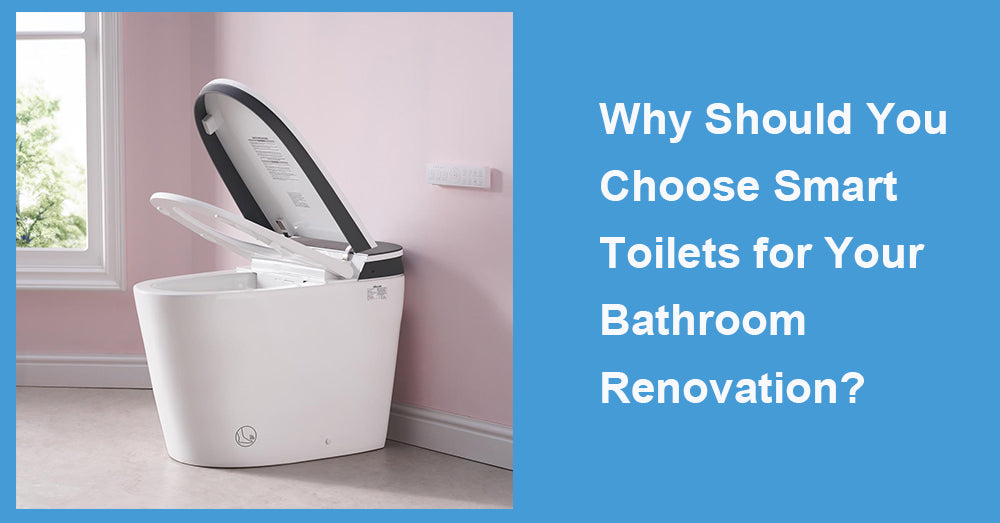
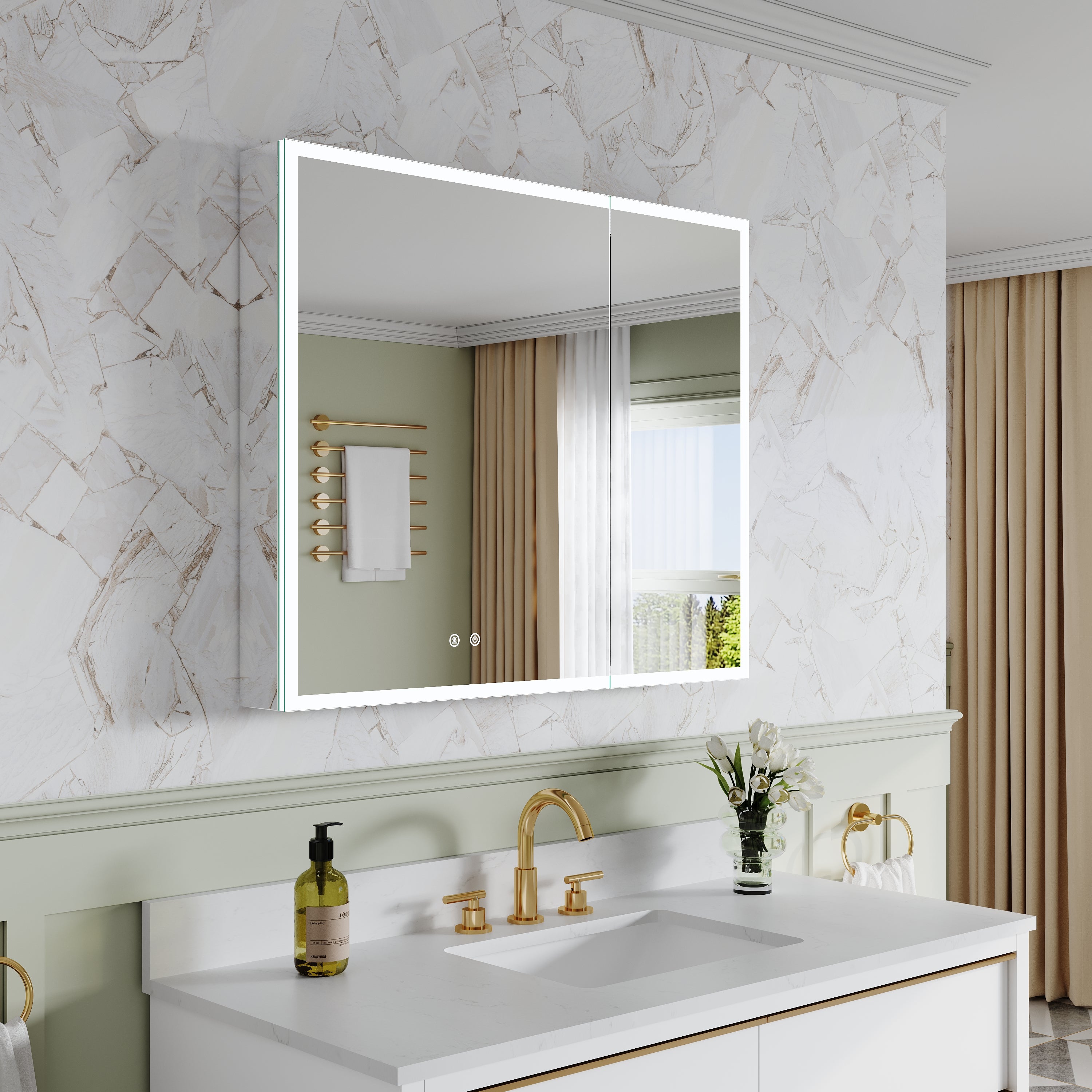
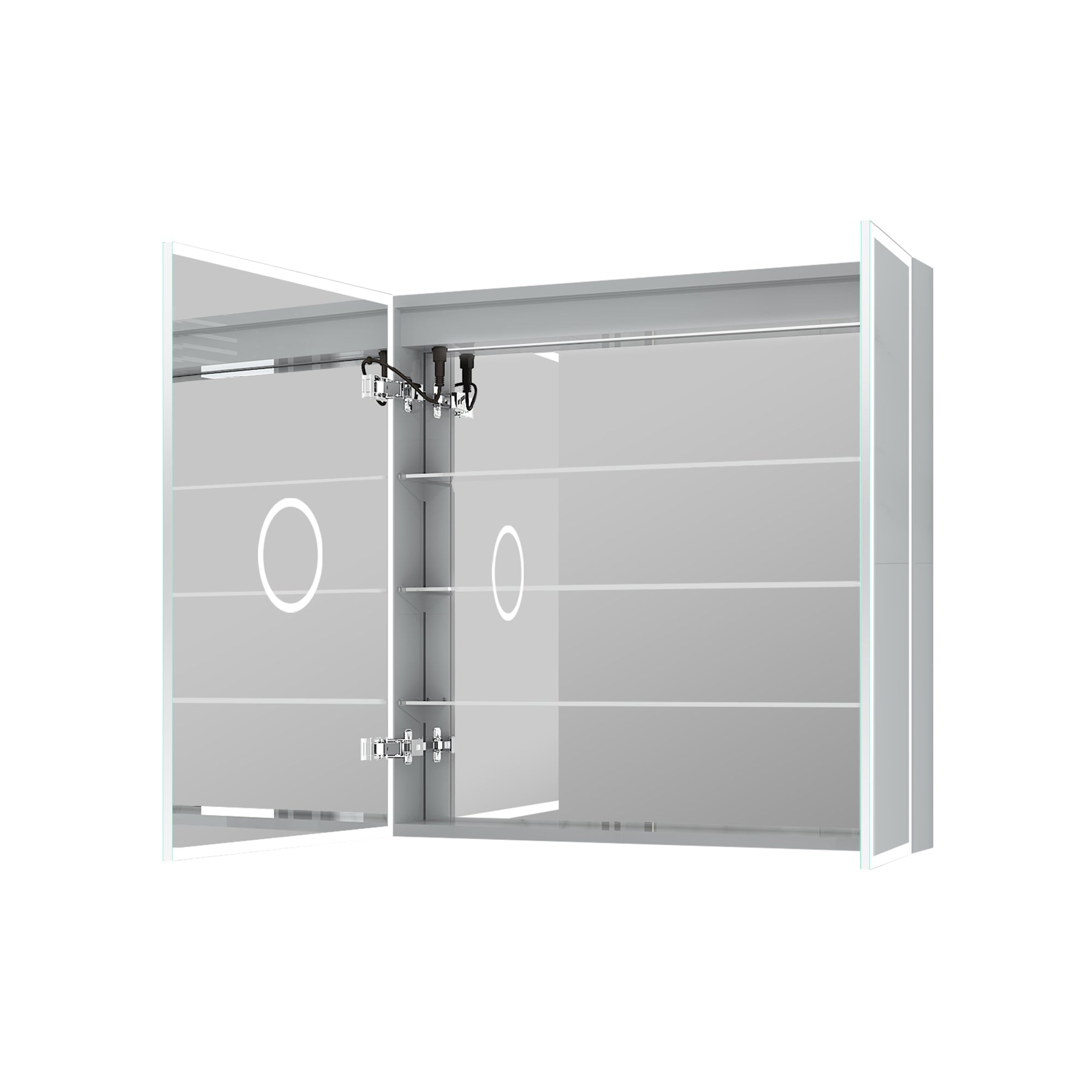
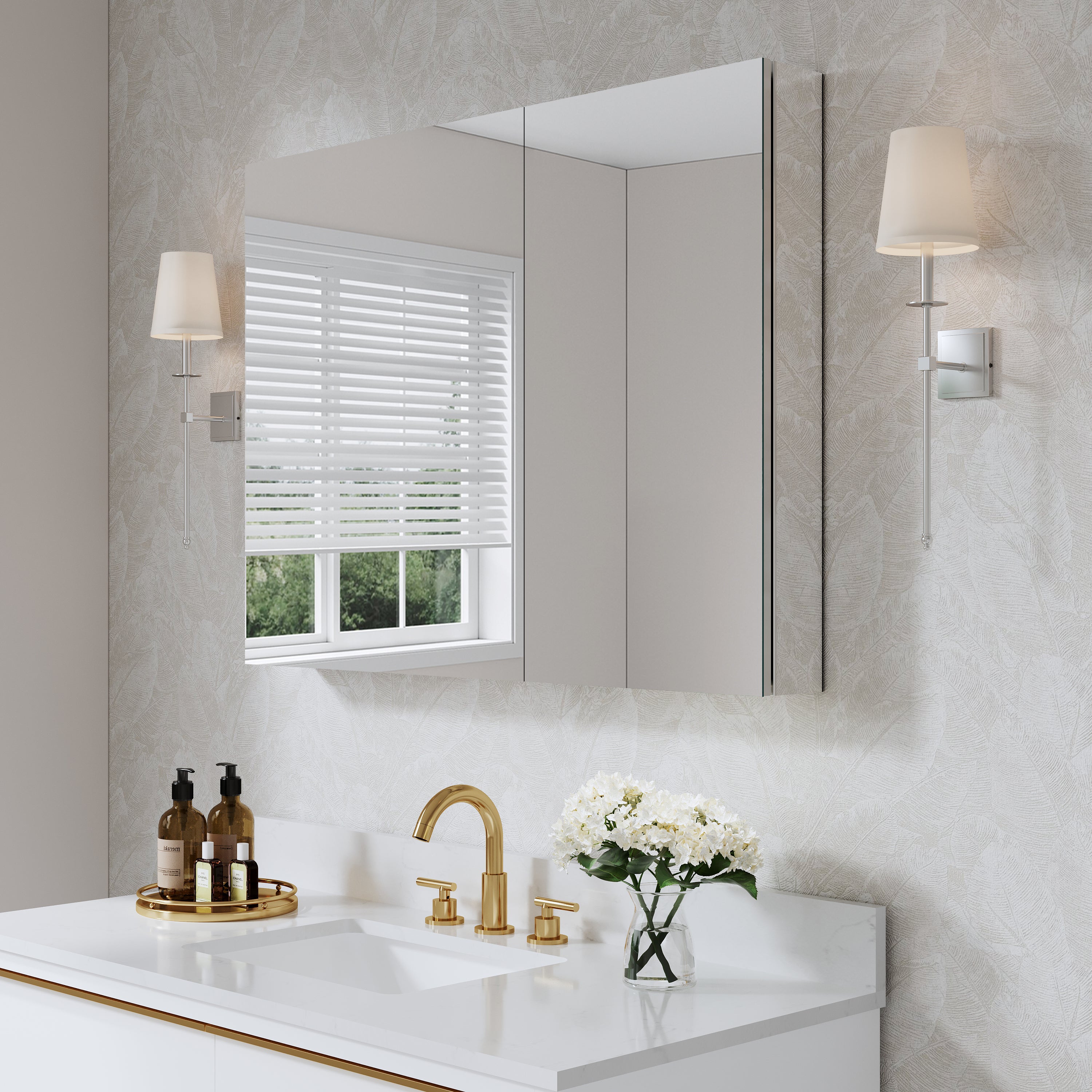

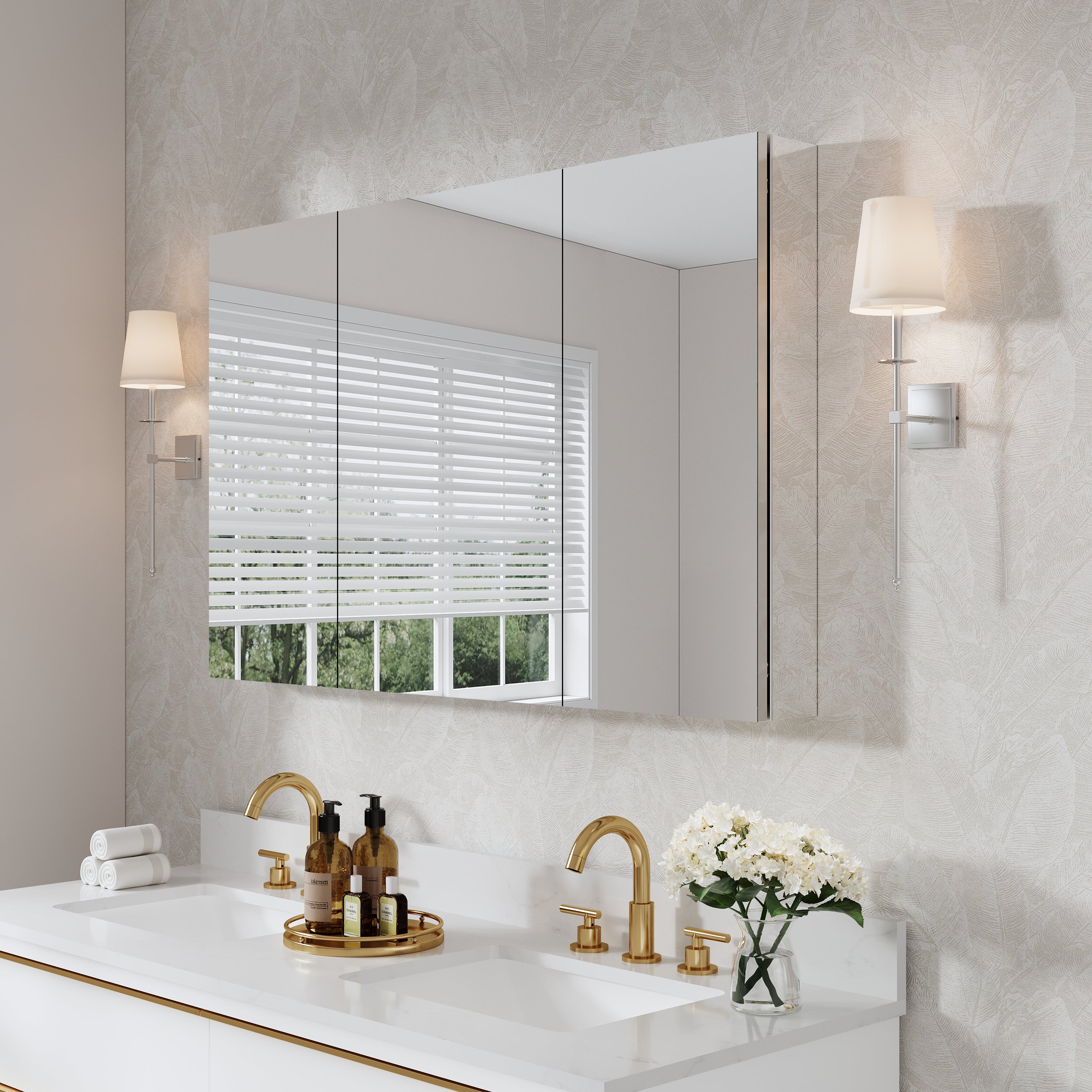
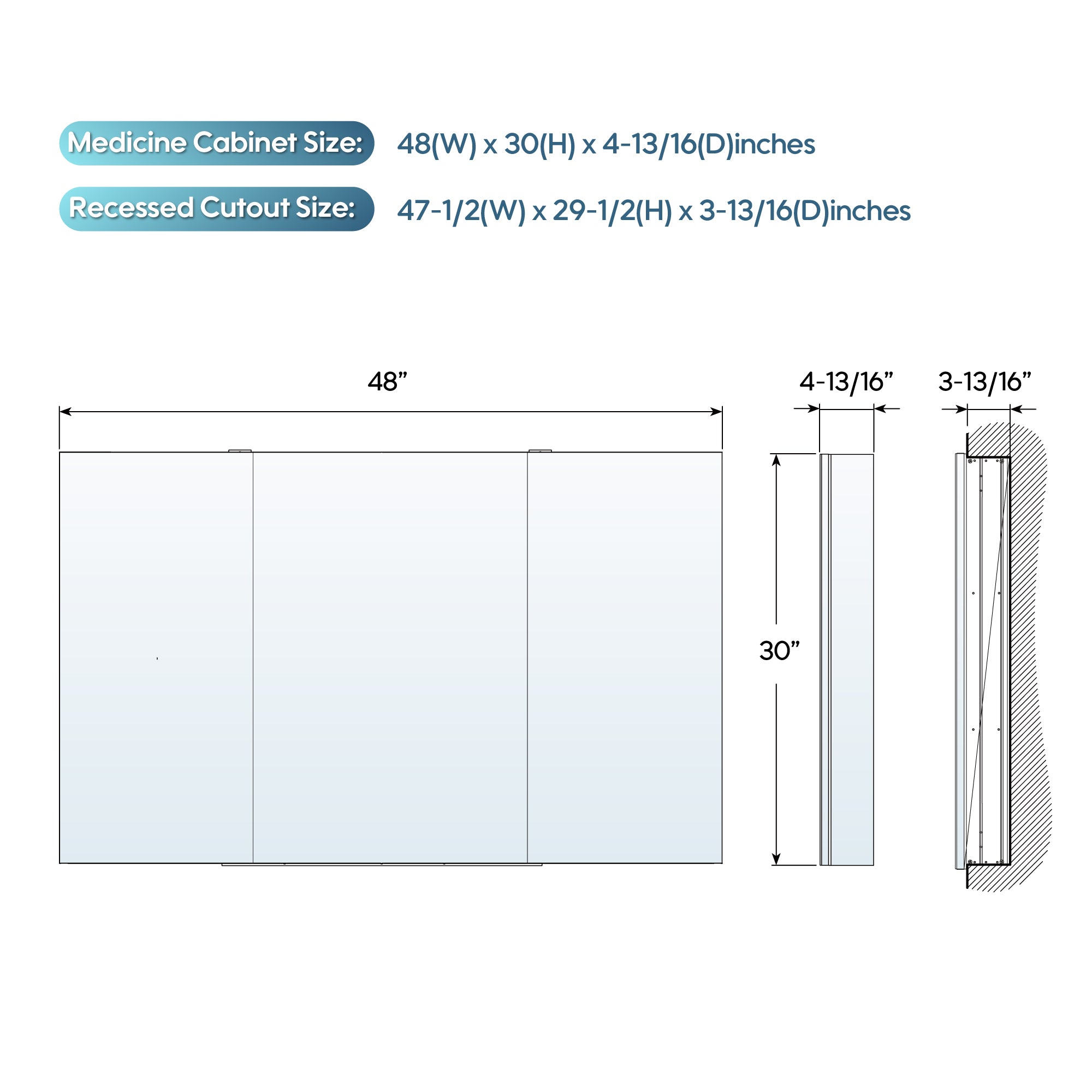
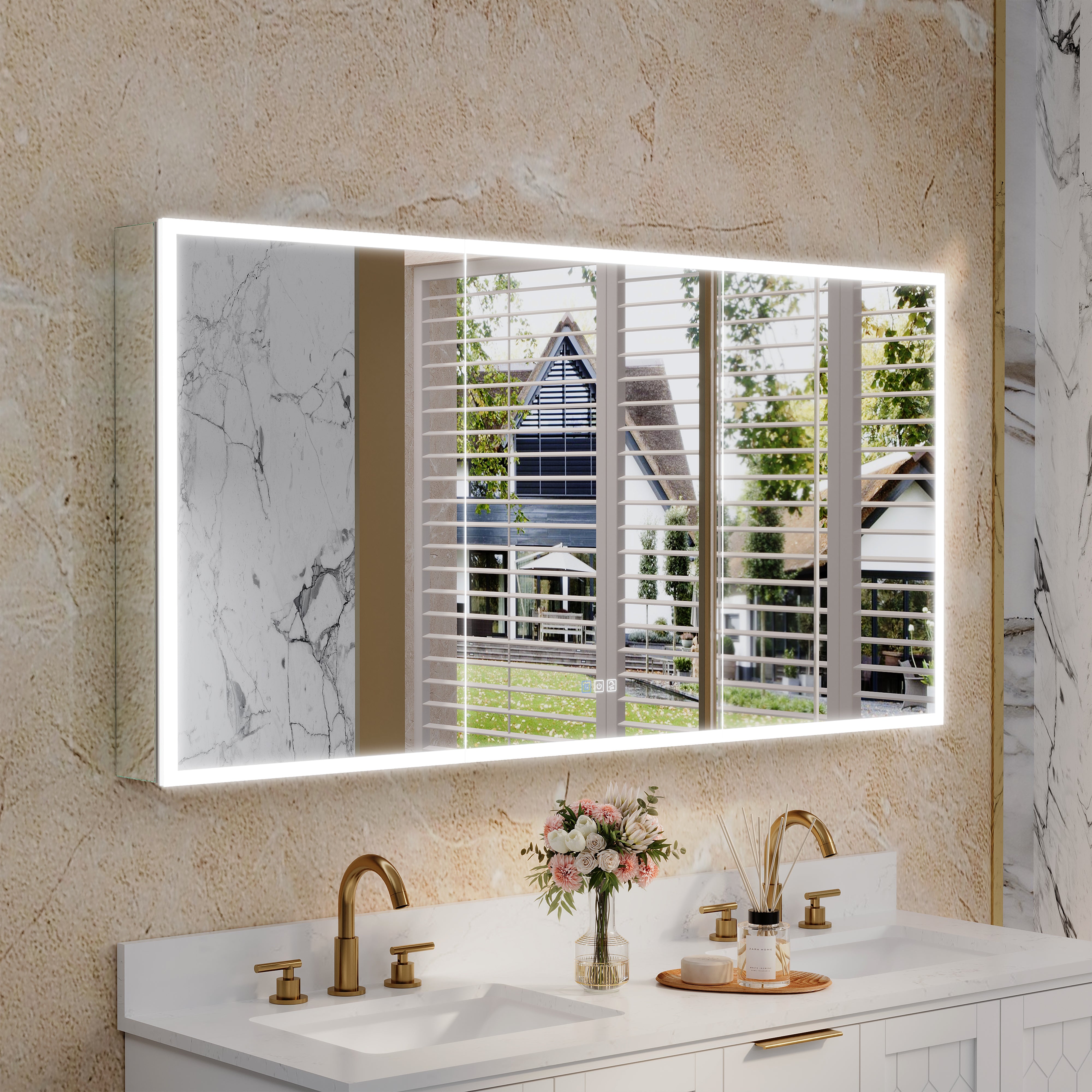
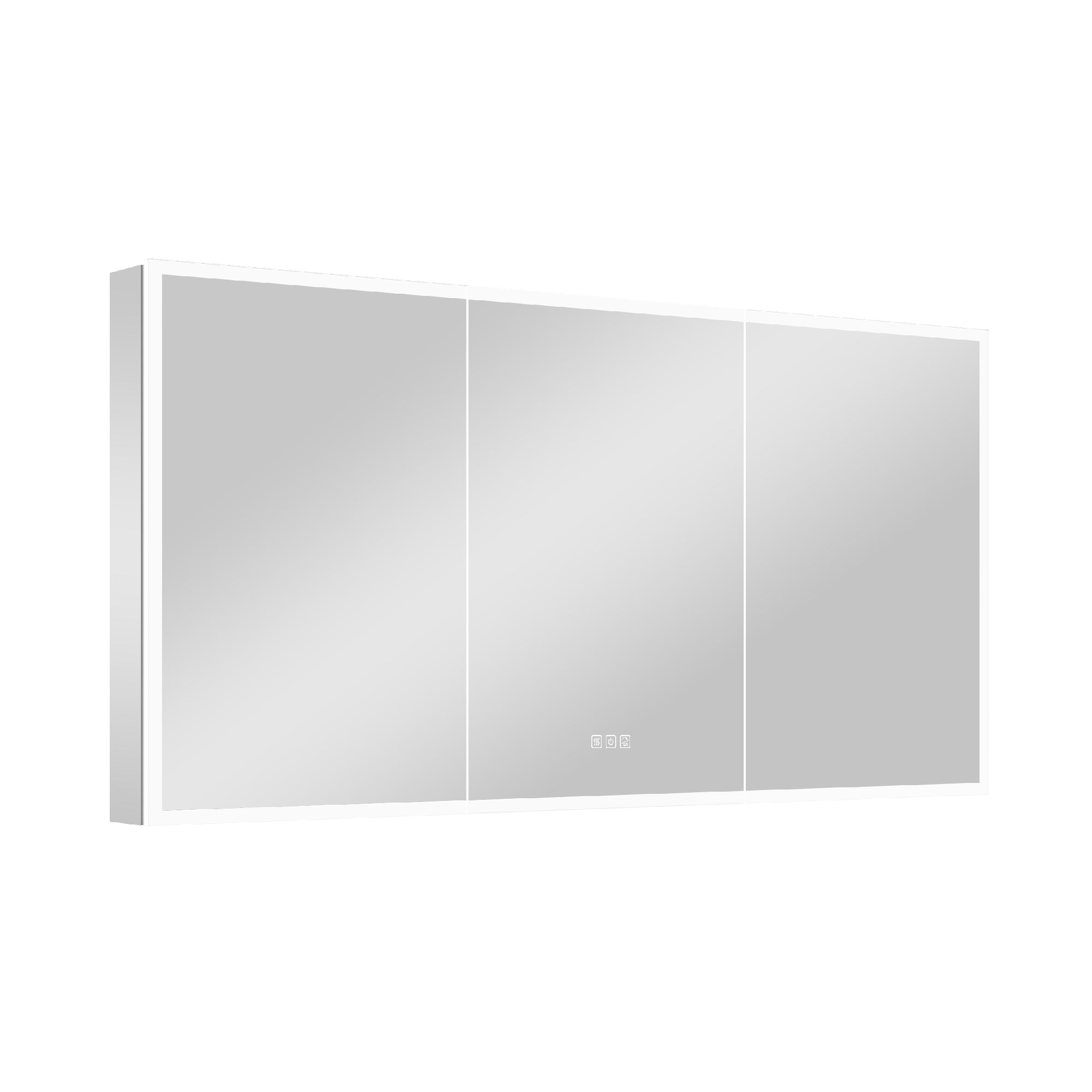
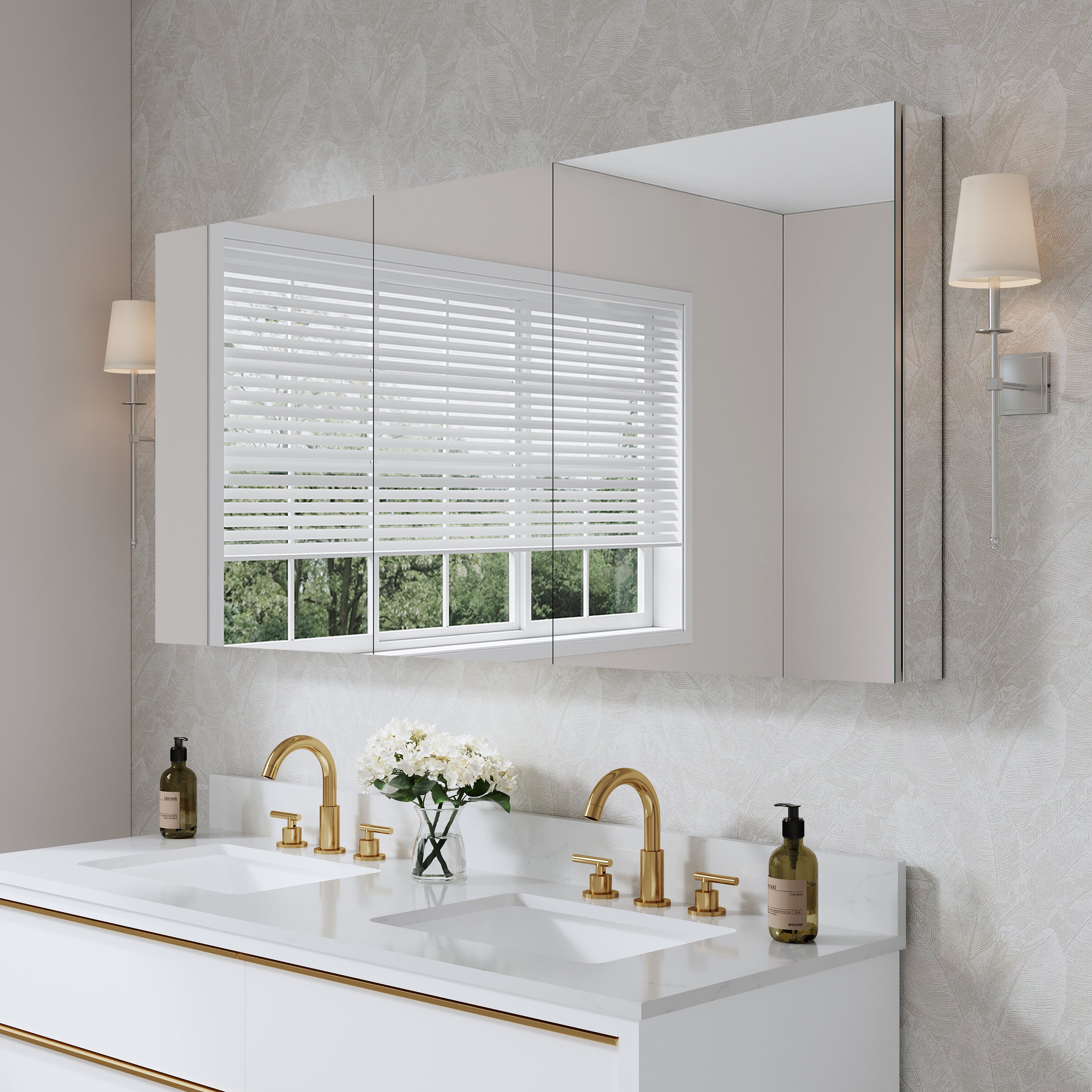

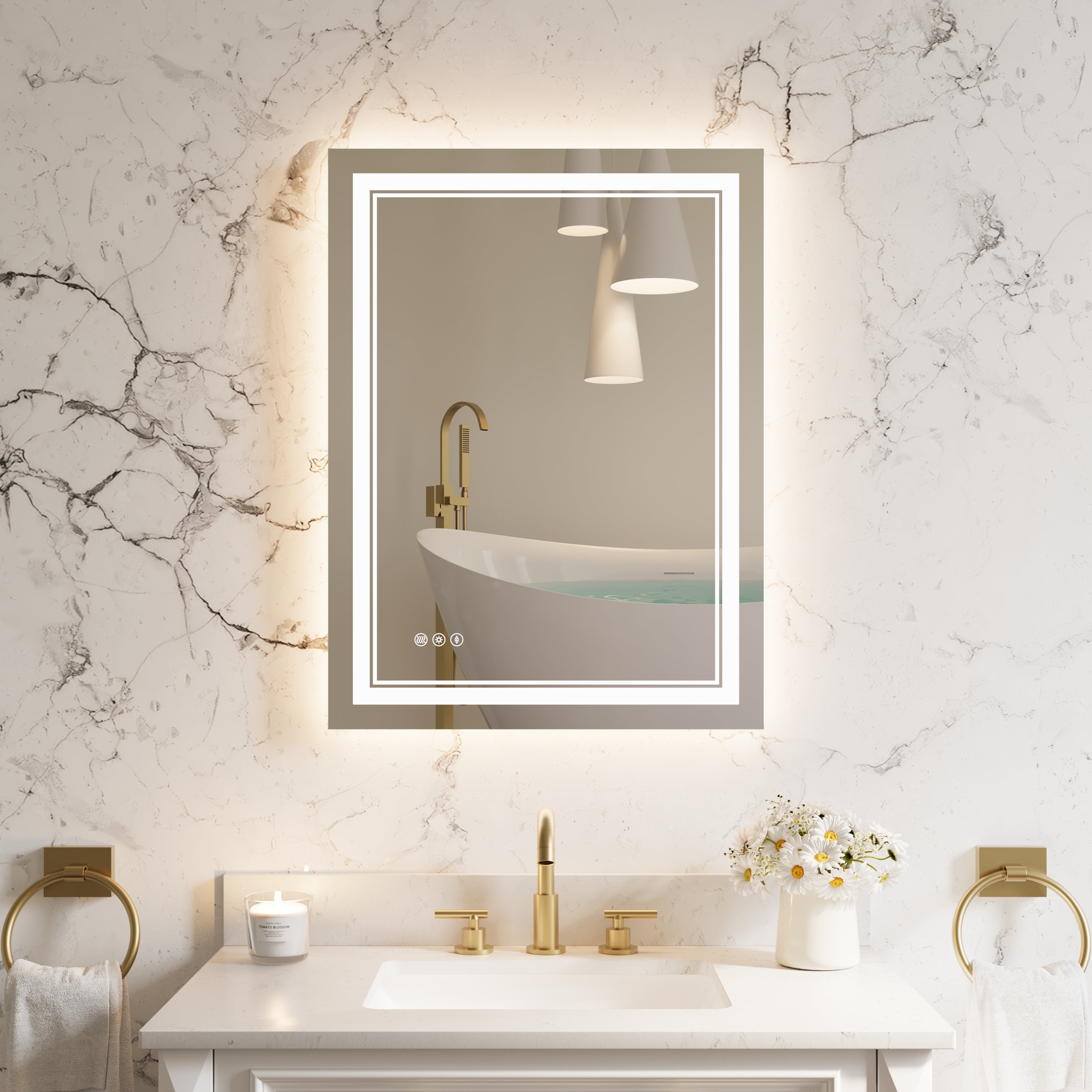
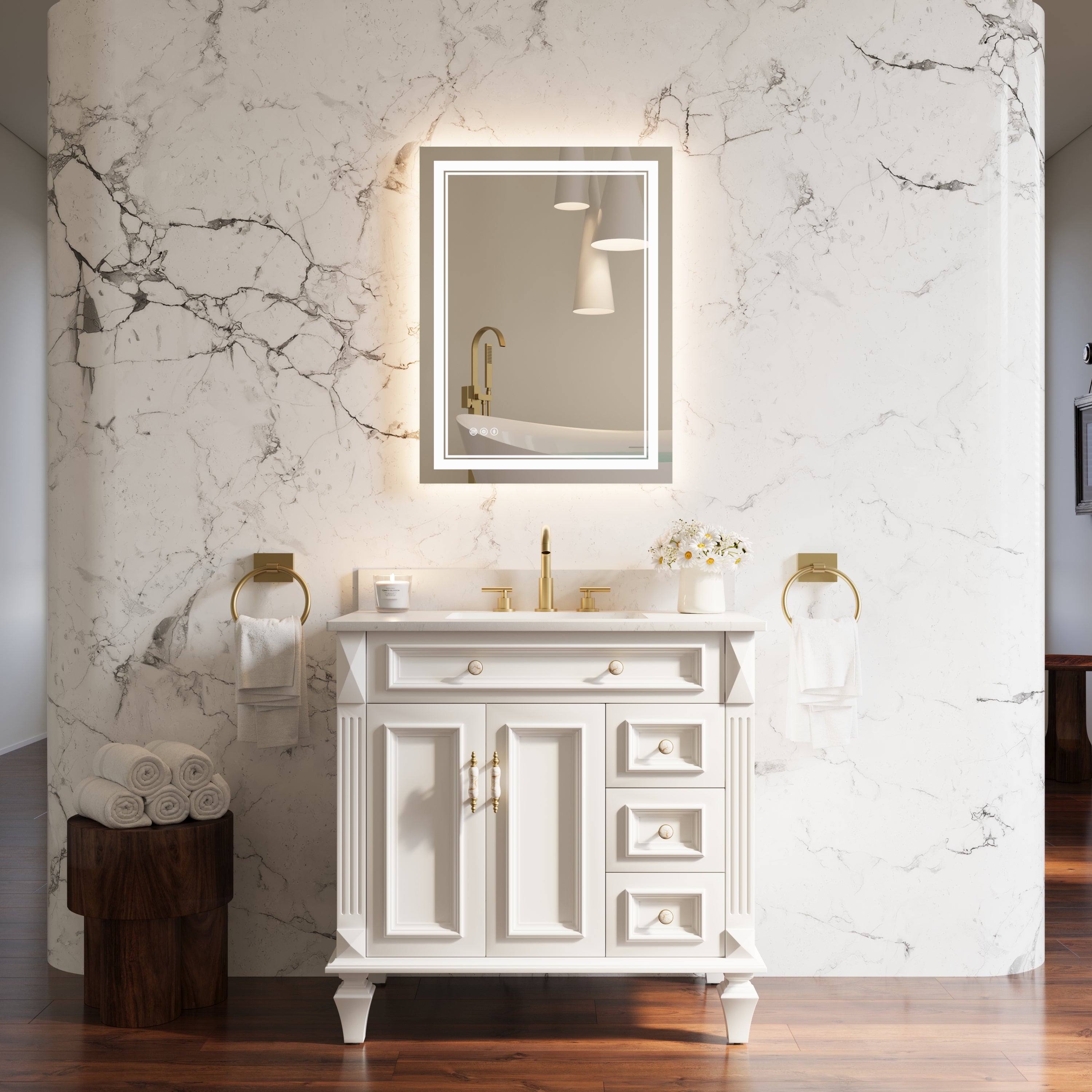
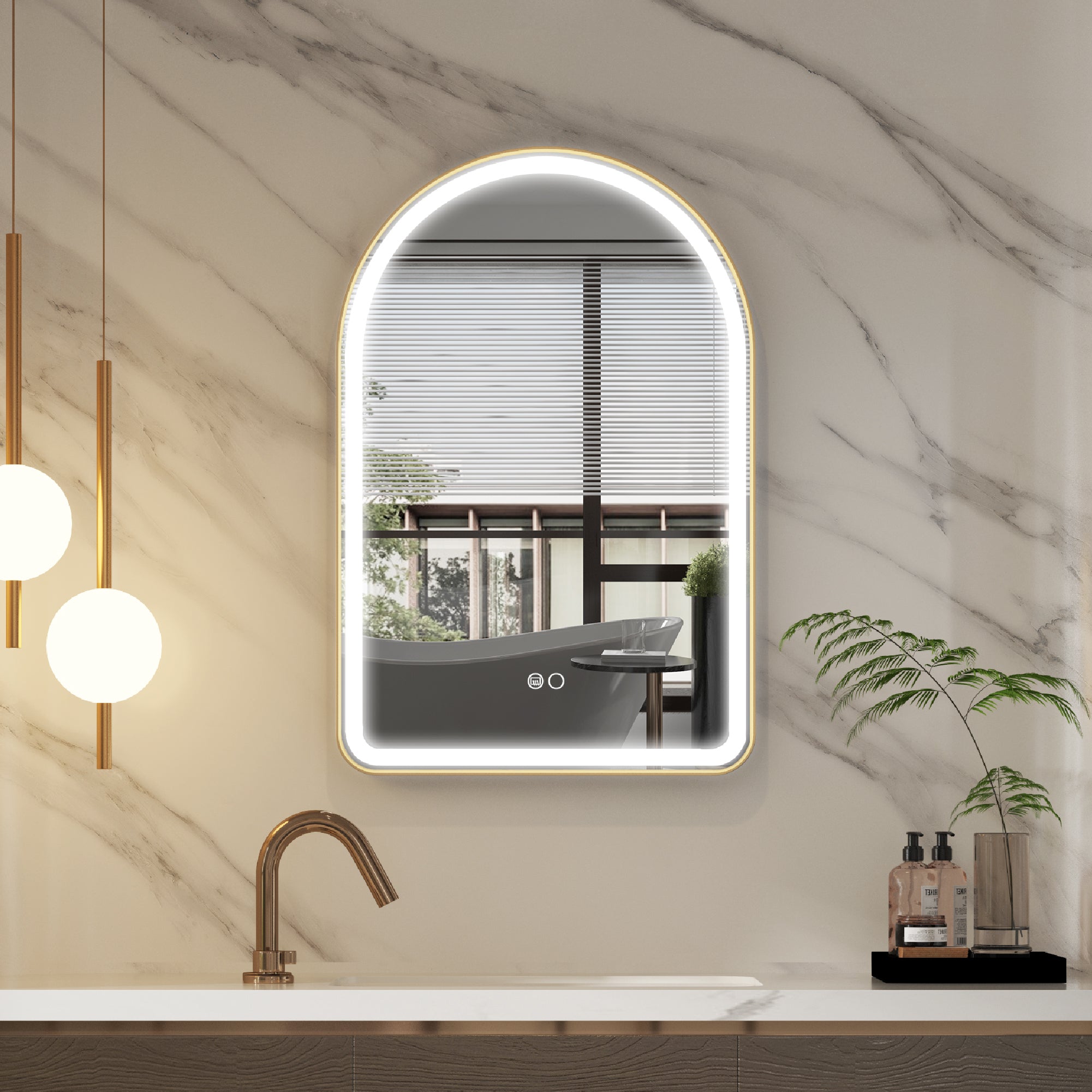
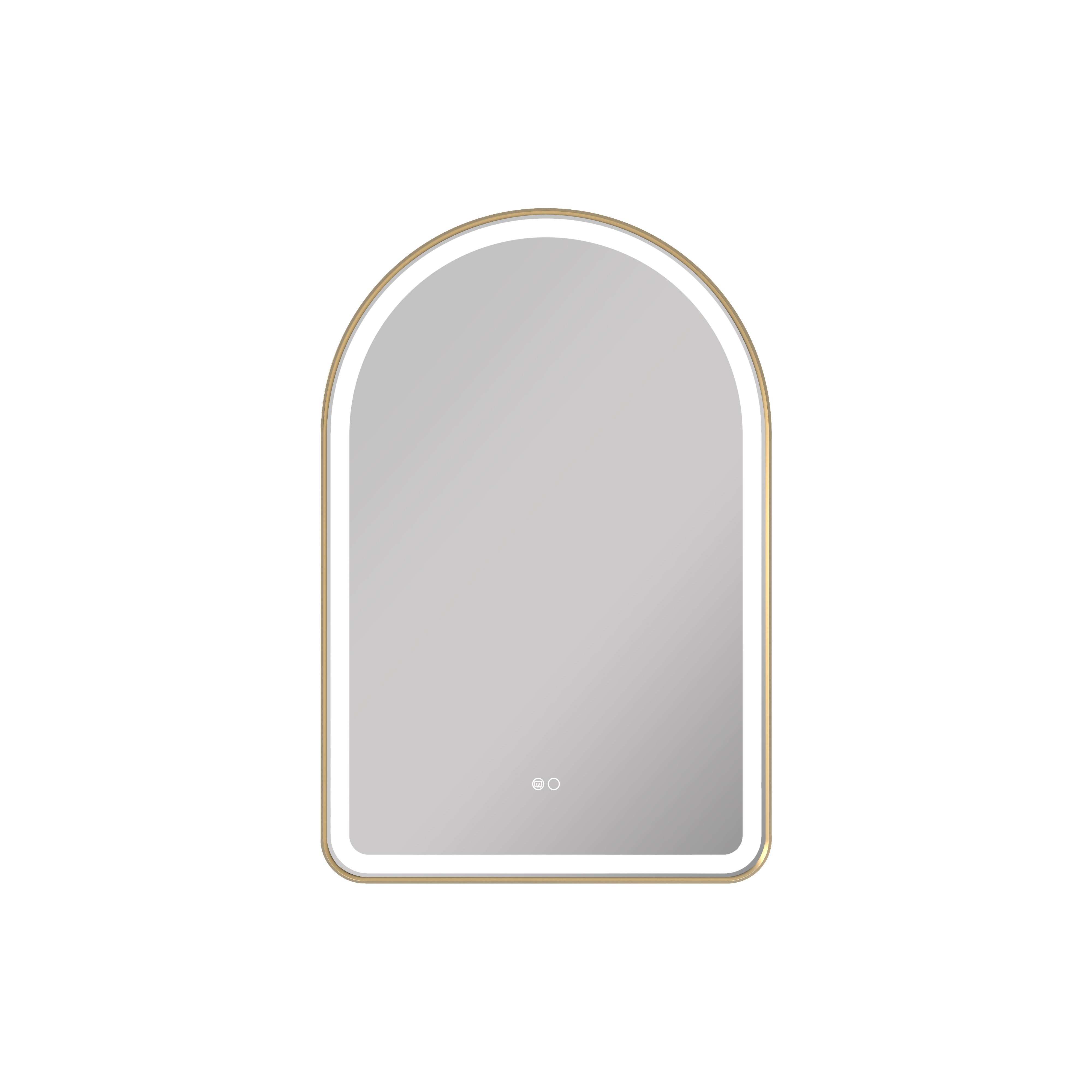
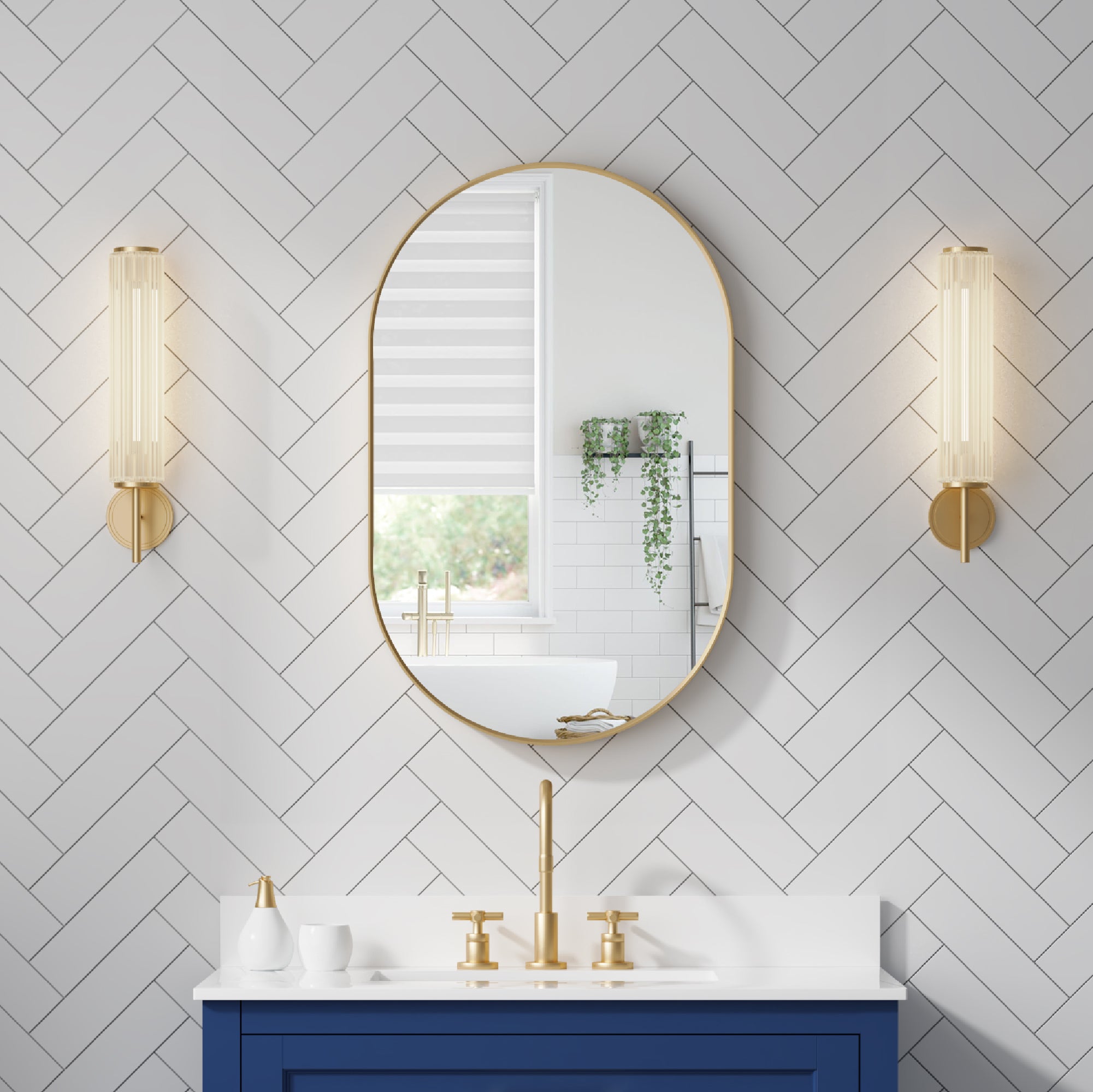
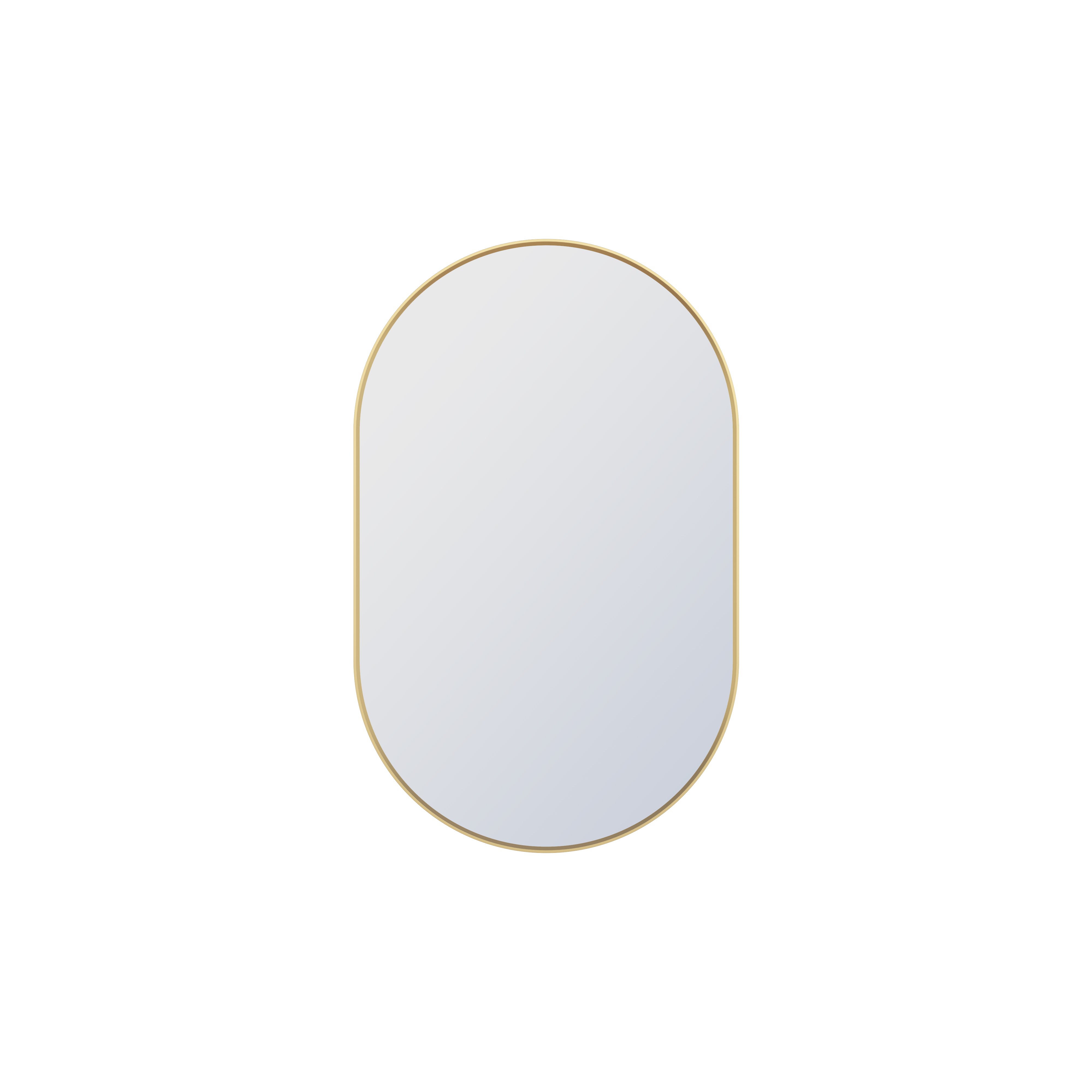


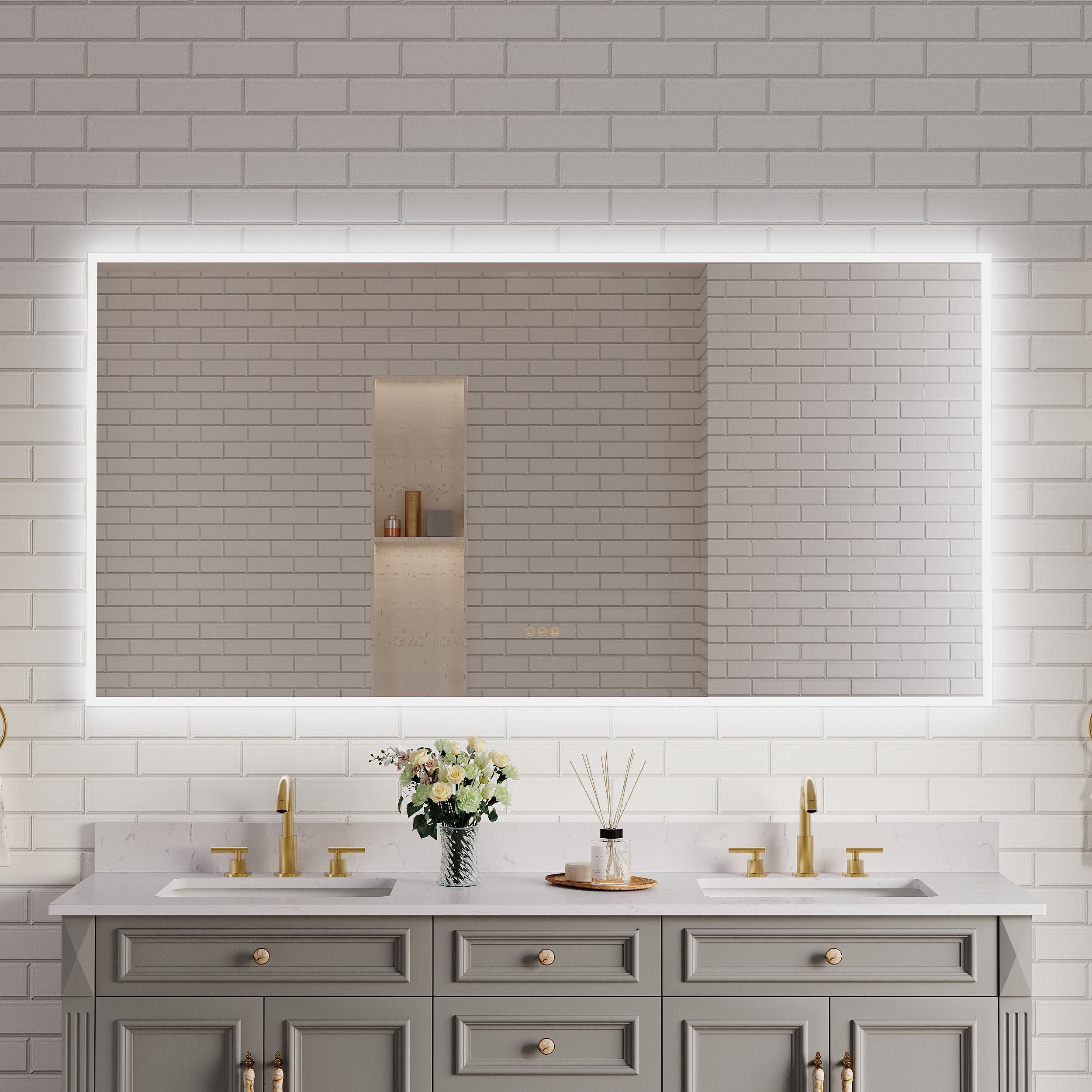





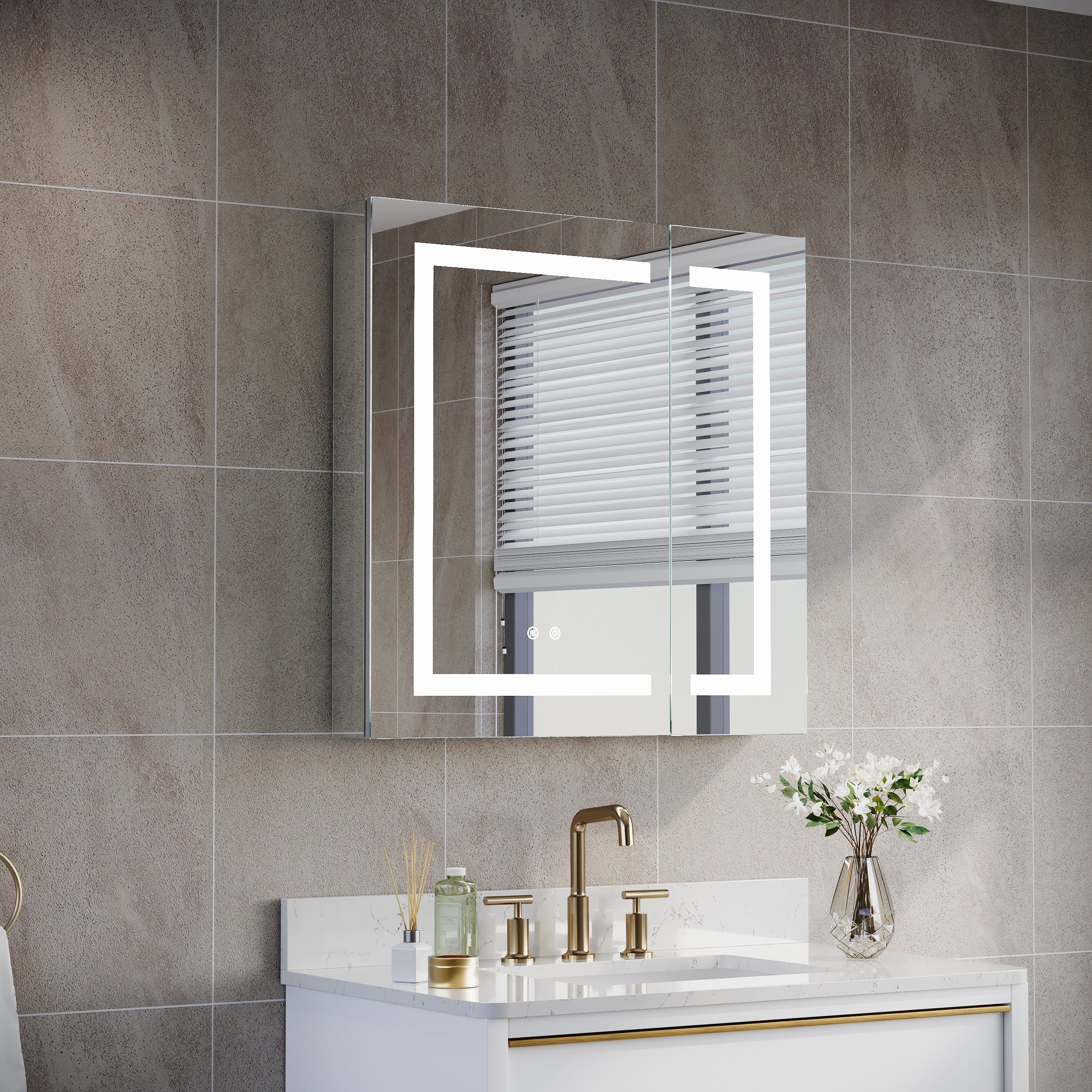
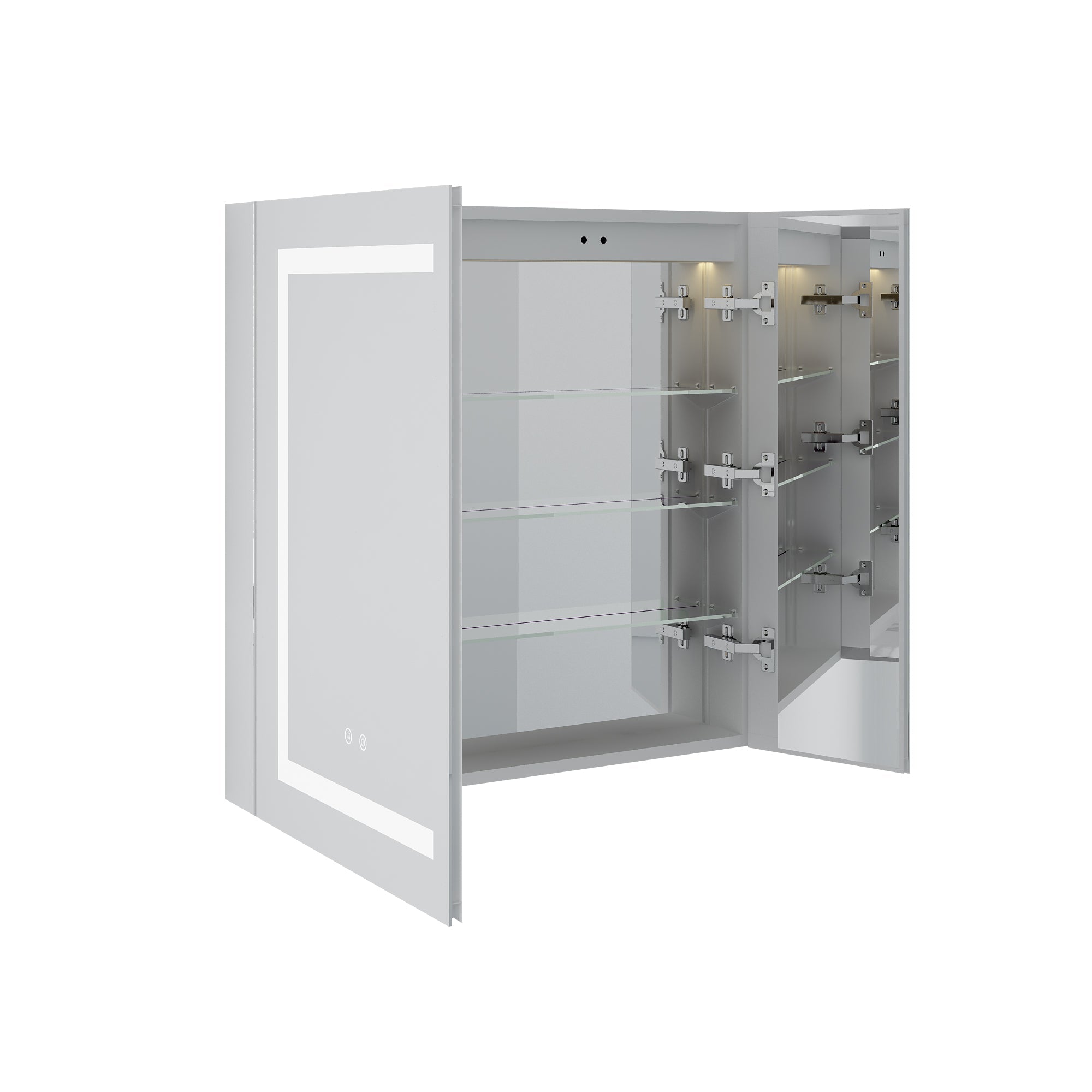




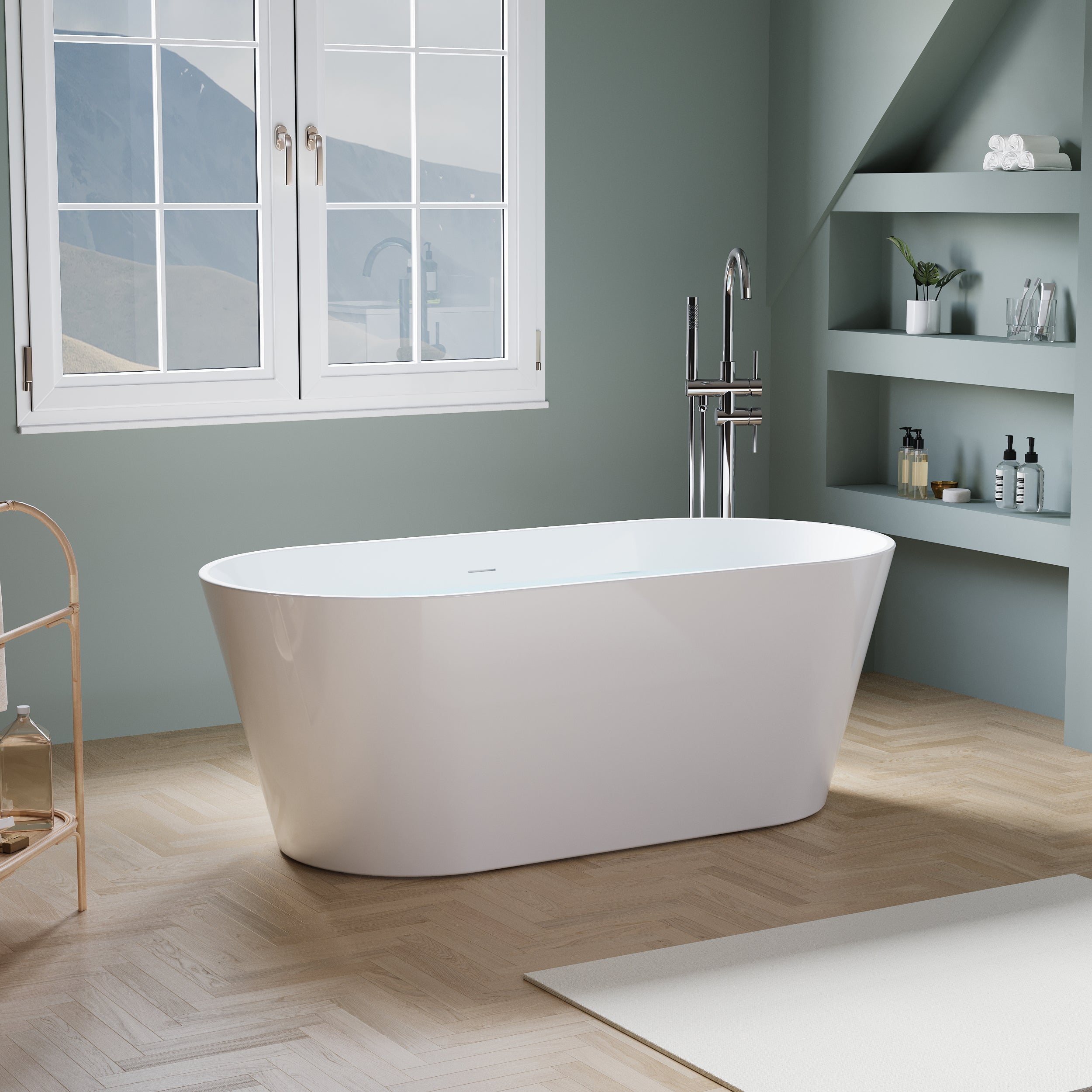
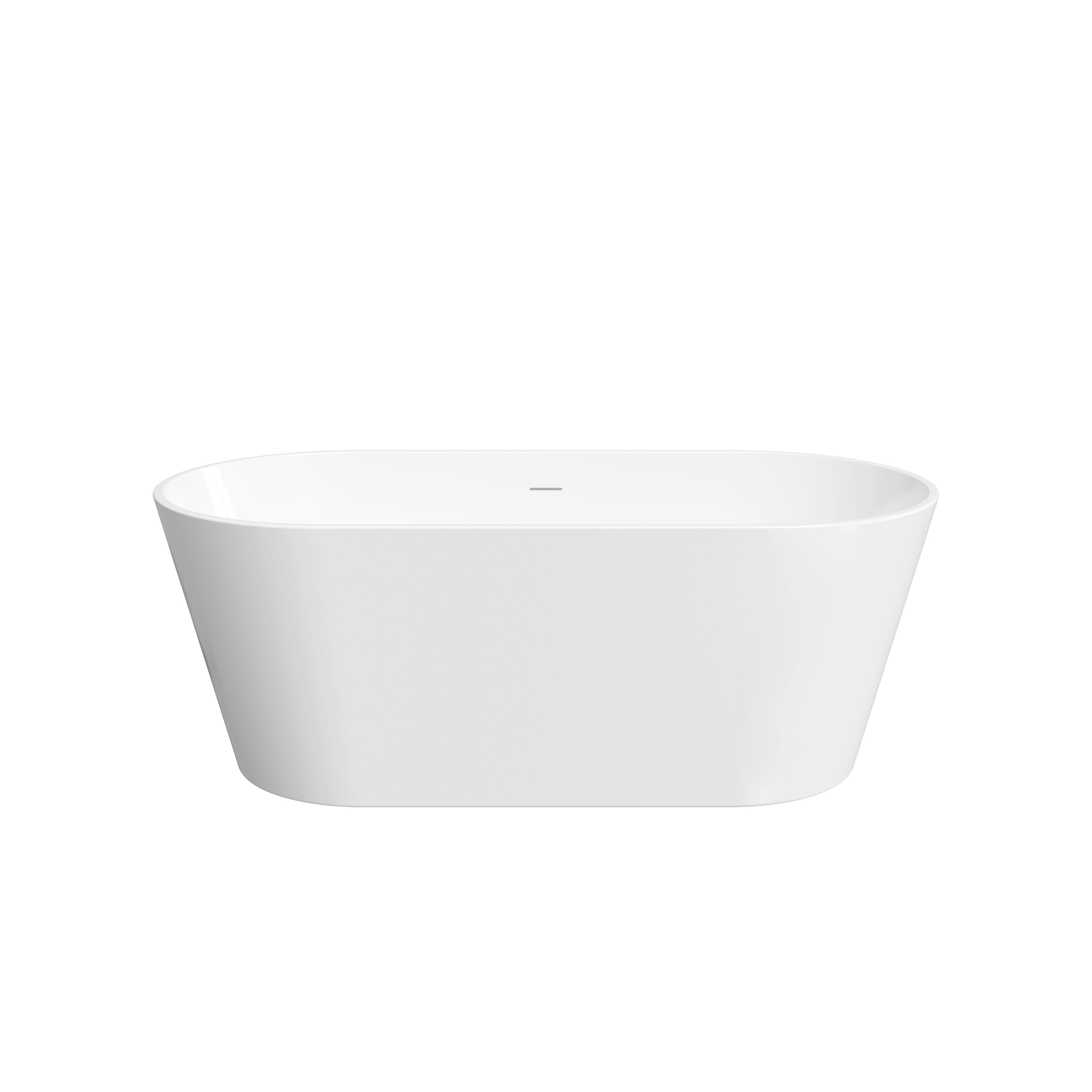


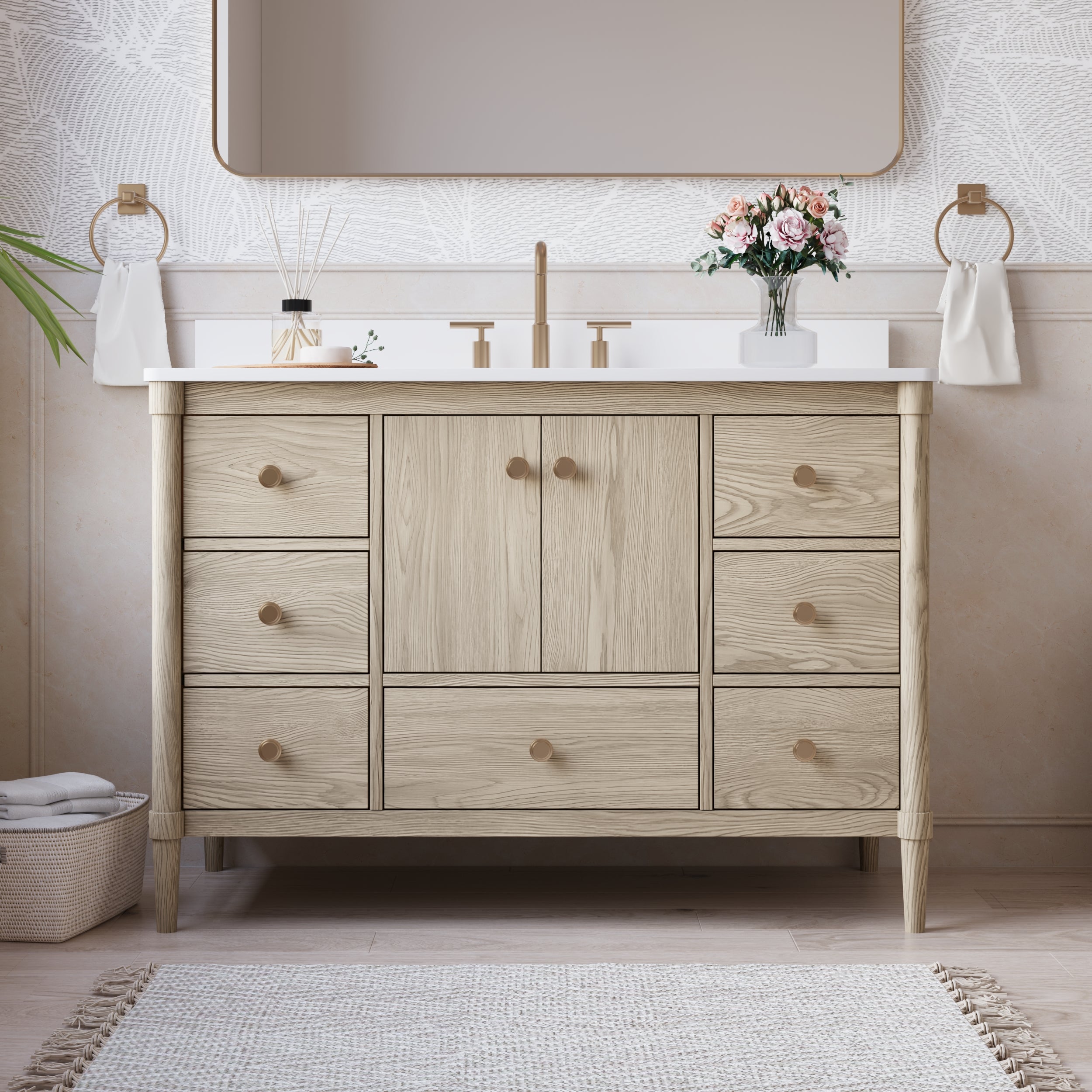
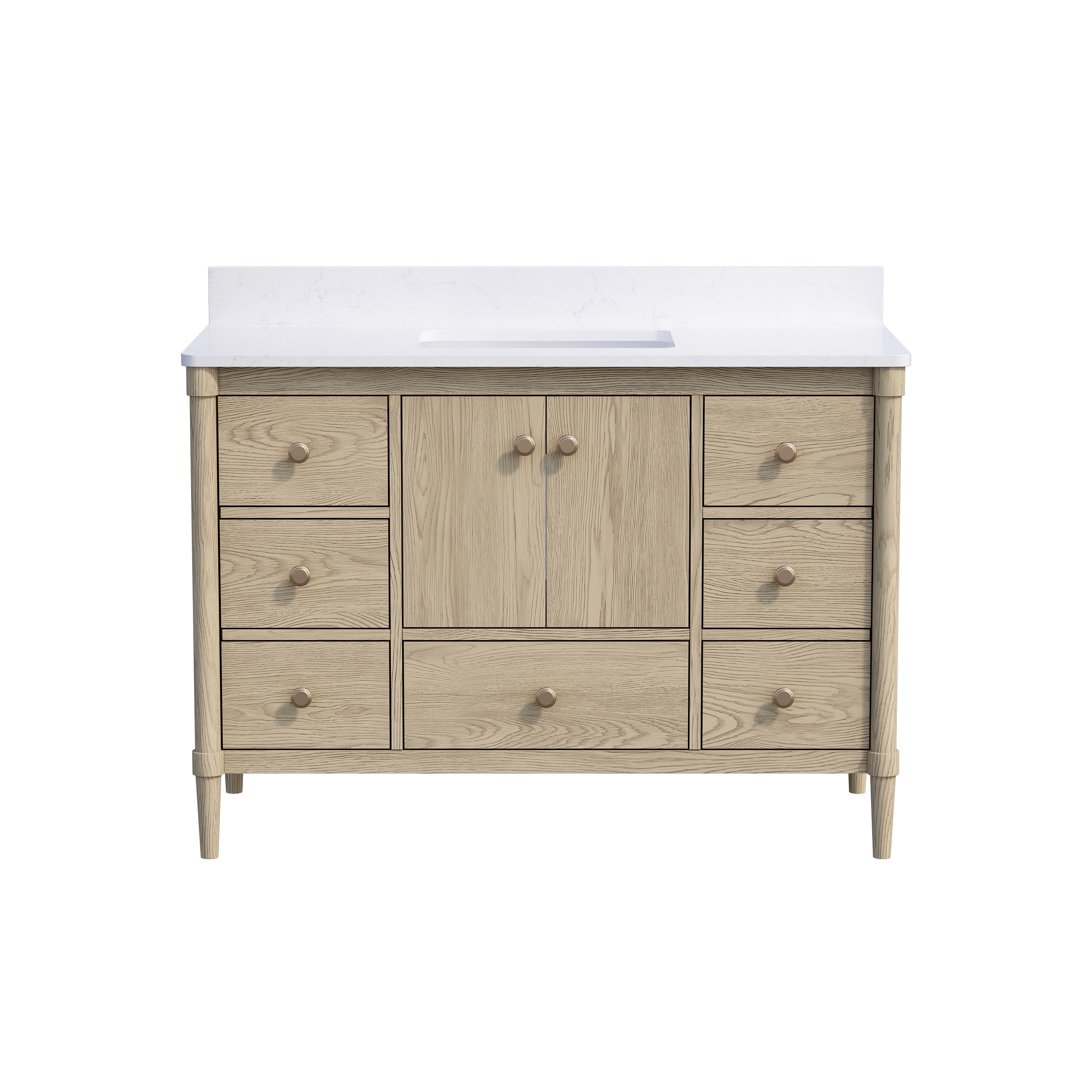
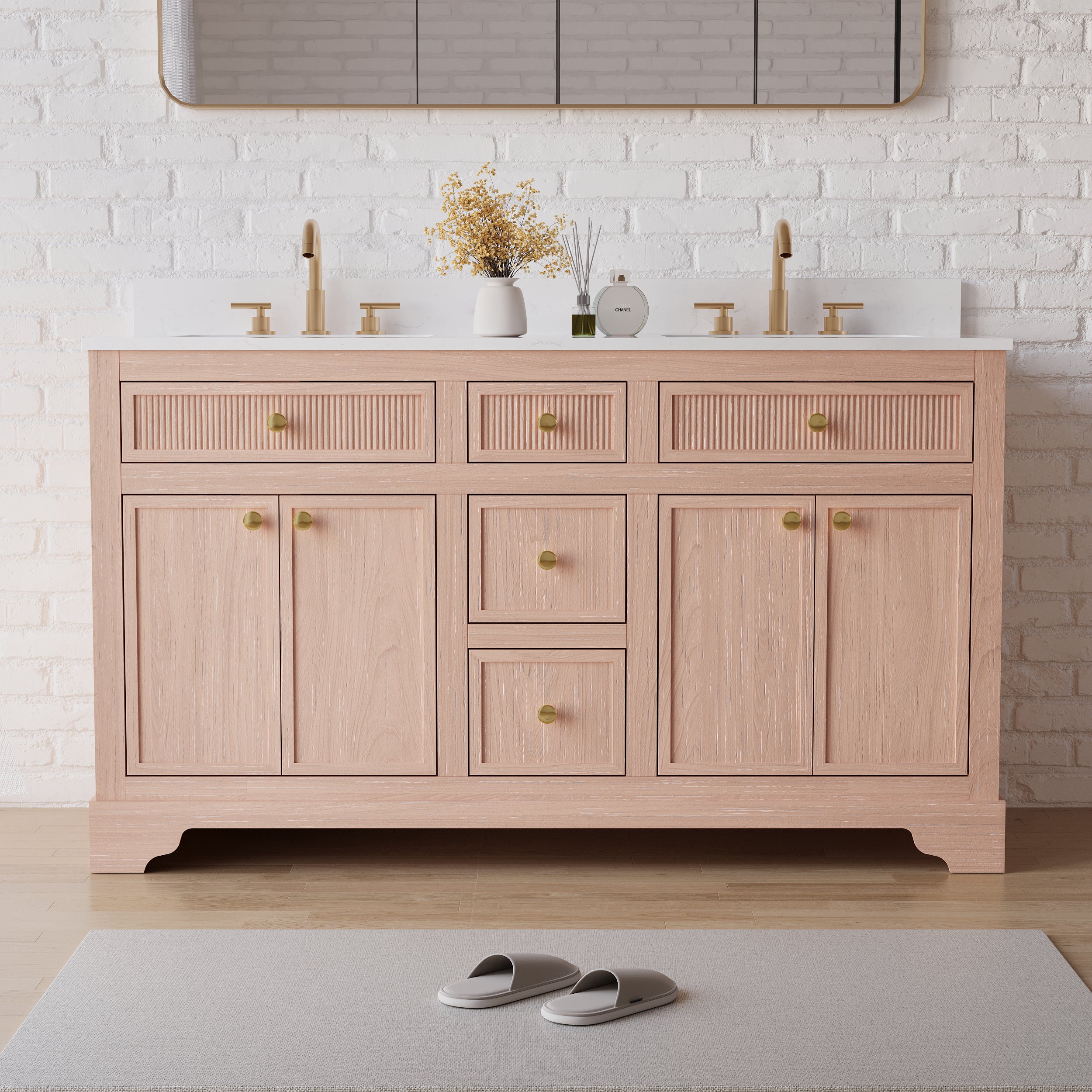
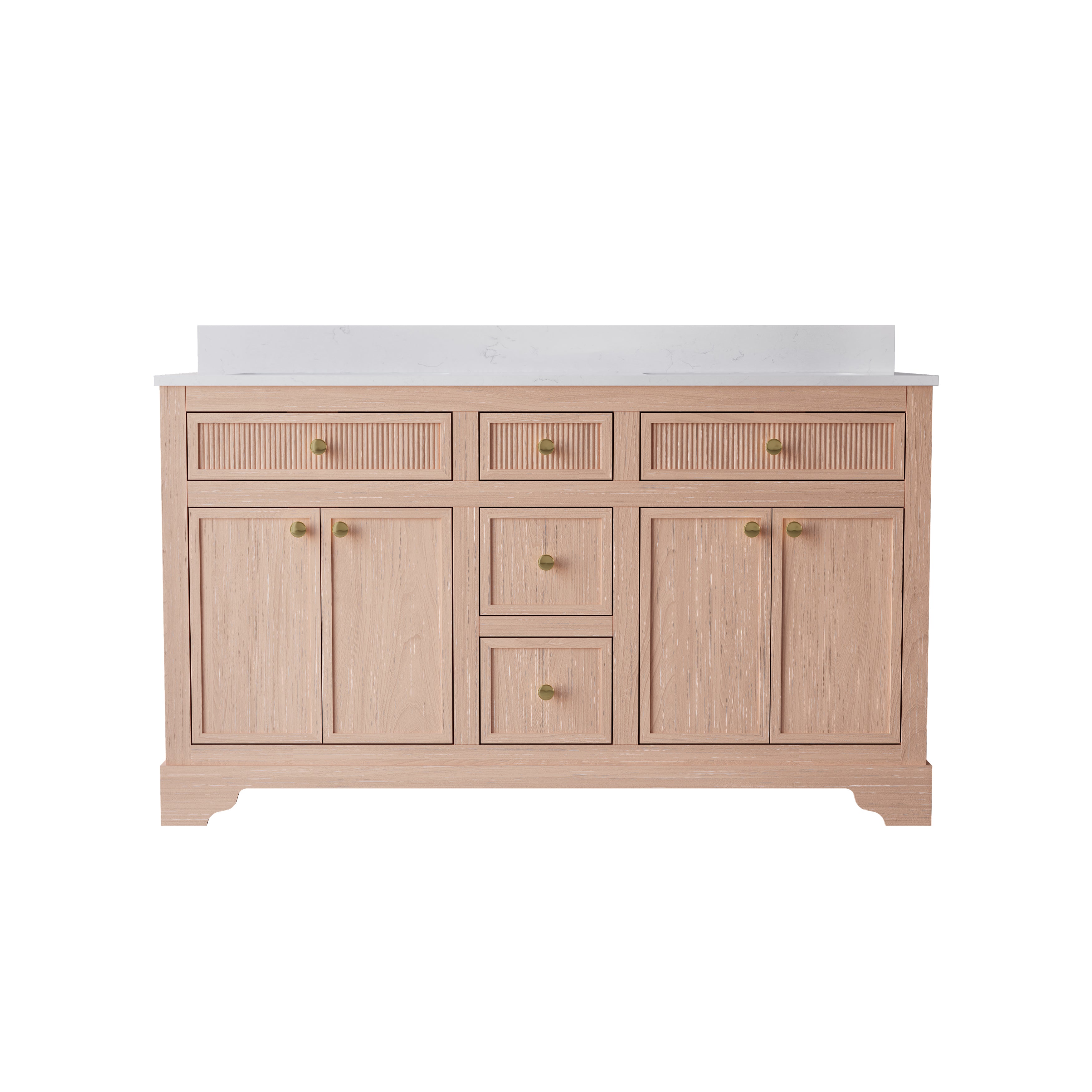
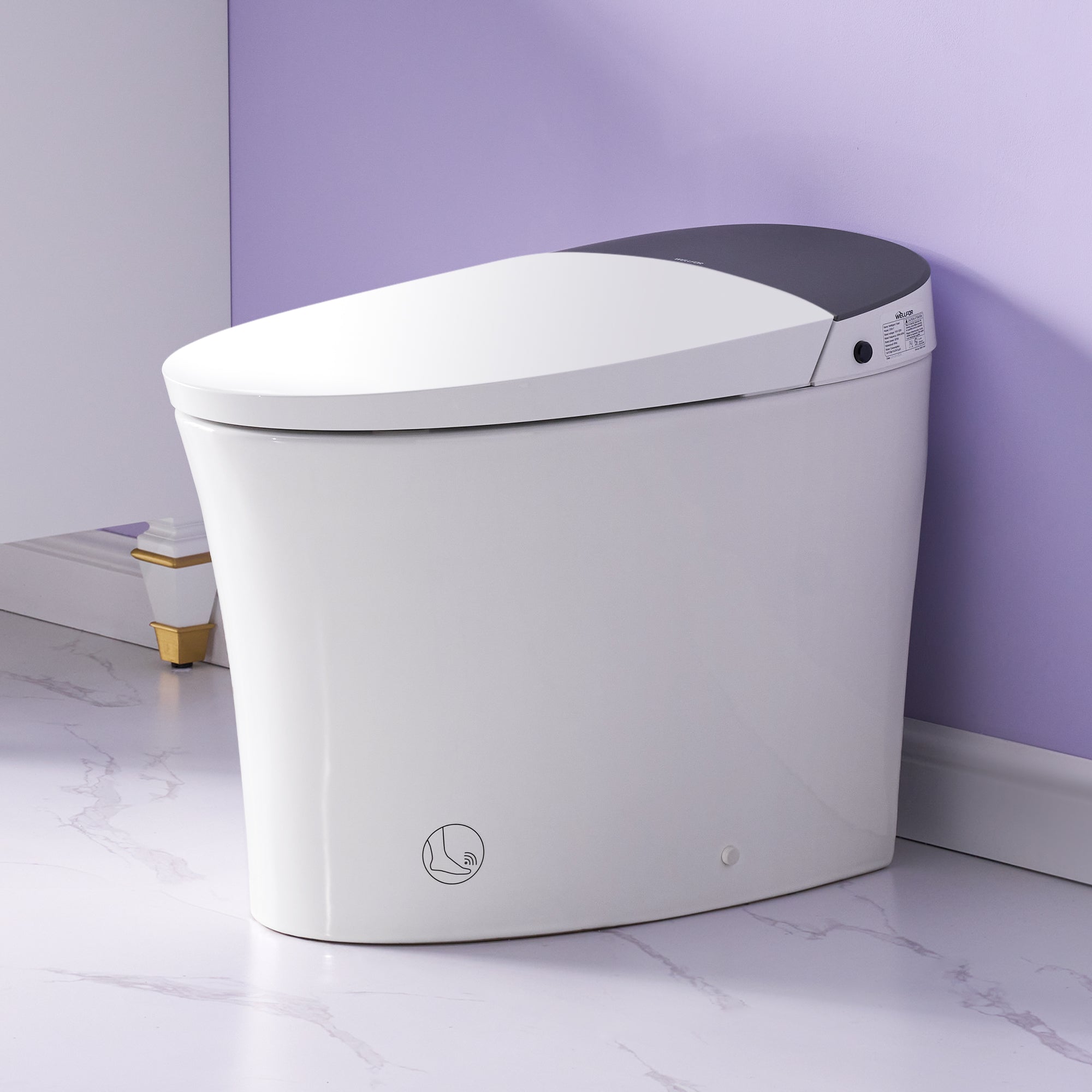
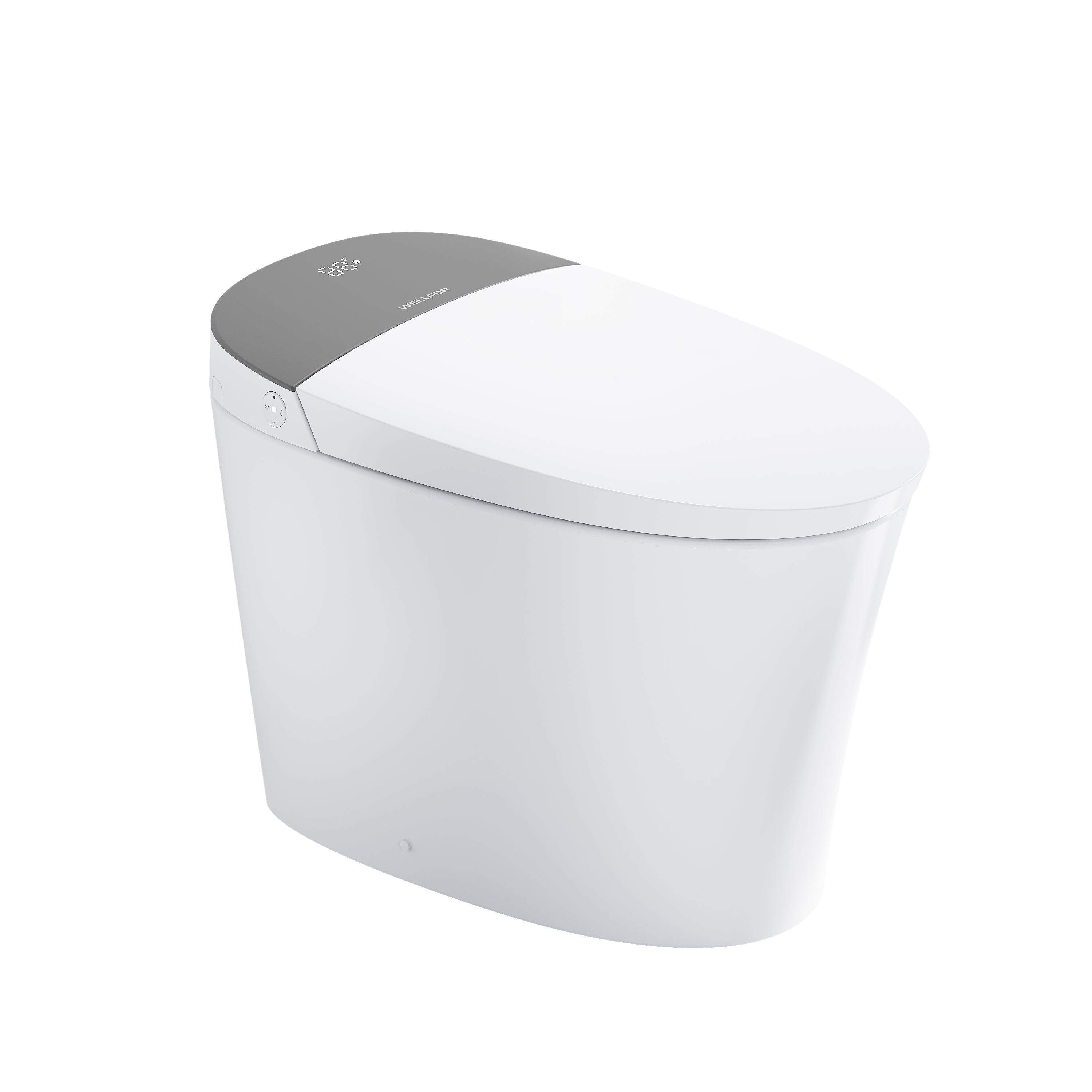
Leave a comment
This site is protected by hCaptcha and the hCaptcha Privacy Policy and Terms of Service apply.